Shenyang, the capital of Liaoning Province, is one of China’s most fascinating cities, blending rich history with vibrant modern life. Whether you’re an avid history buff, a culture seeker, or someone simply wanting to explore new places in Asia, Shenyang offers a range of things to do that will captivate and inspire. From ancient imperial palaces to lively street markets, there’s something for every traveler in Shenyang. Here’s a guide to the must-visit spots in the city that will make your China tours unforgettable.
Thing to Do in Shenyang
1. Shenyang Imperial Palace
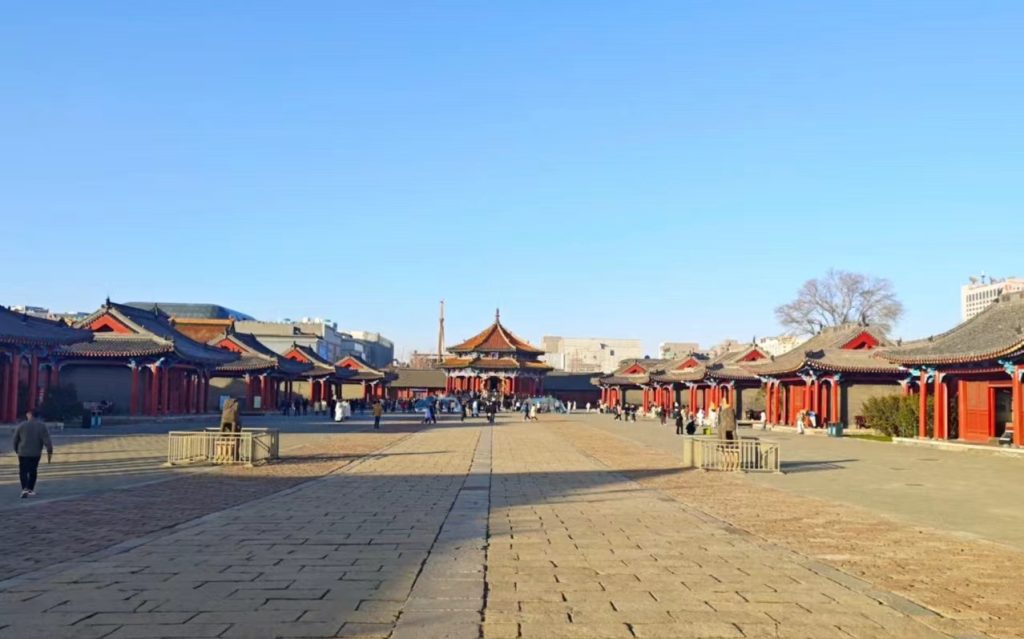
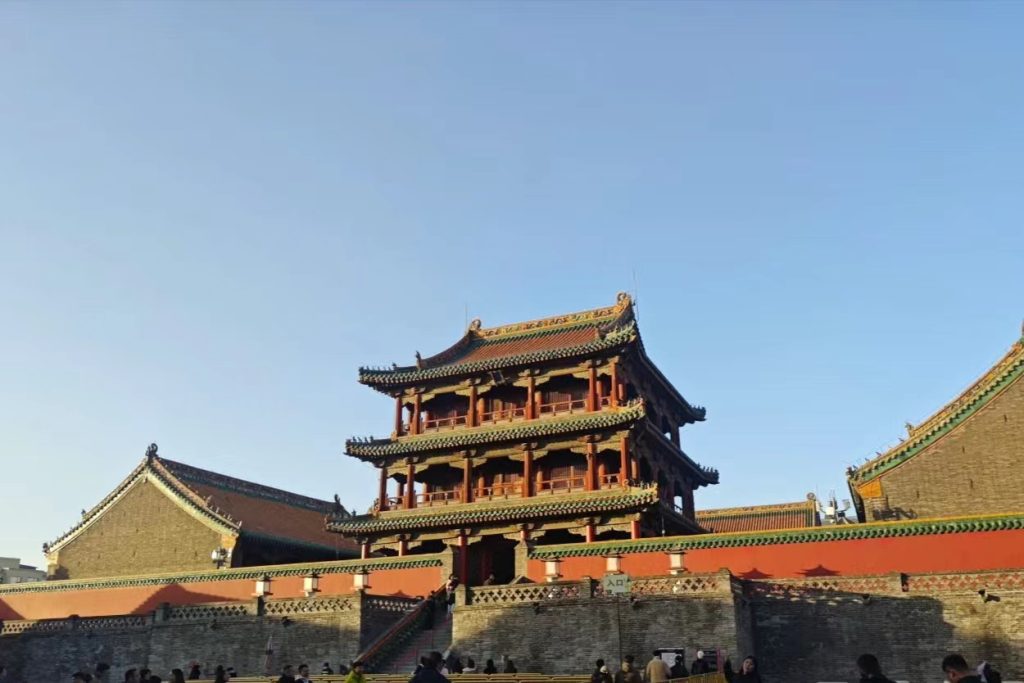
The Shenyang Imperial Palace is one of China’s most significant historical sites and a UNESCO World Heritage site. Built in 1618, it was the early home of the Qing Dynasty, and its construction reflects a unique fusion of Manchu, Han, and Mongol architectural styles. While smaller than Beijing’s Forbidden City, the palace is exquisitely designed and housed in a spacious courtyard that radiates imperial elegance.
Highlights:
- Explore ancient palace buildings, including the grand Hall of Supreme Harmony and Qianqing Palace.
- Discover Qing Dynasty artifacts like royal garments, furniture, and ceremonial objects.
- Learn about the early history of the Qing Dynasty, with a special focus on Nurhaci, the founder of the dynasty.
- Experience Manchu Culture: Delve into the traditions, customs, and achievements of the Manchu people.
- Seasonal Beauty: Wander through the lush gardens that surround the palace. The changing seasons offer an ever-changing landscape of colors, making it a perfect spot for photos year-round.
2. Zhang’s Mansion
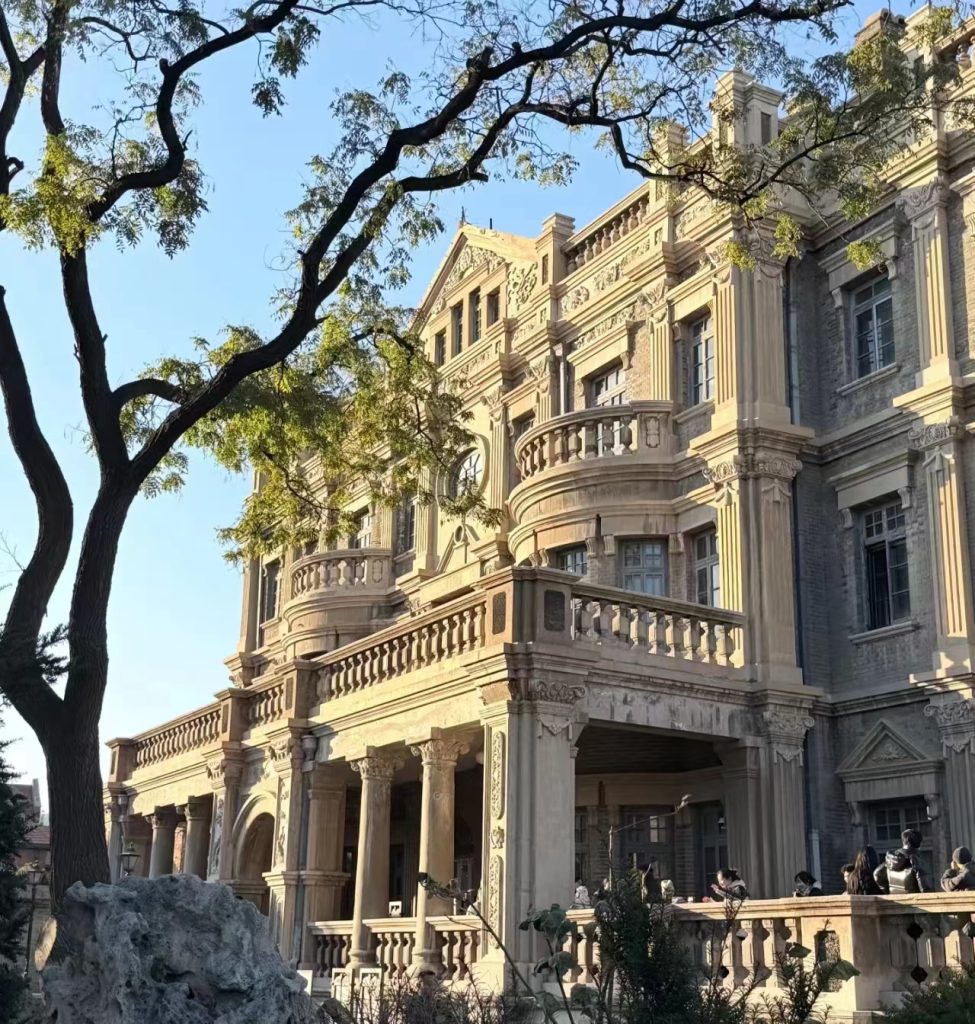
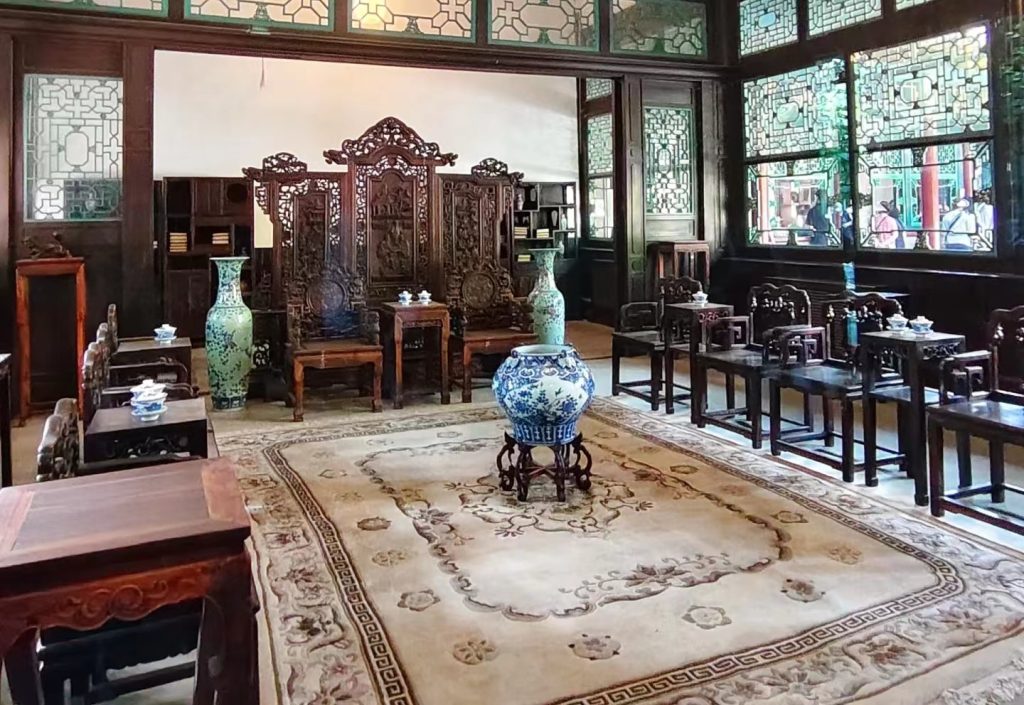
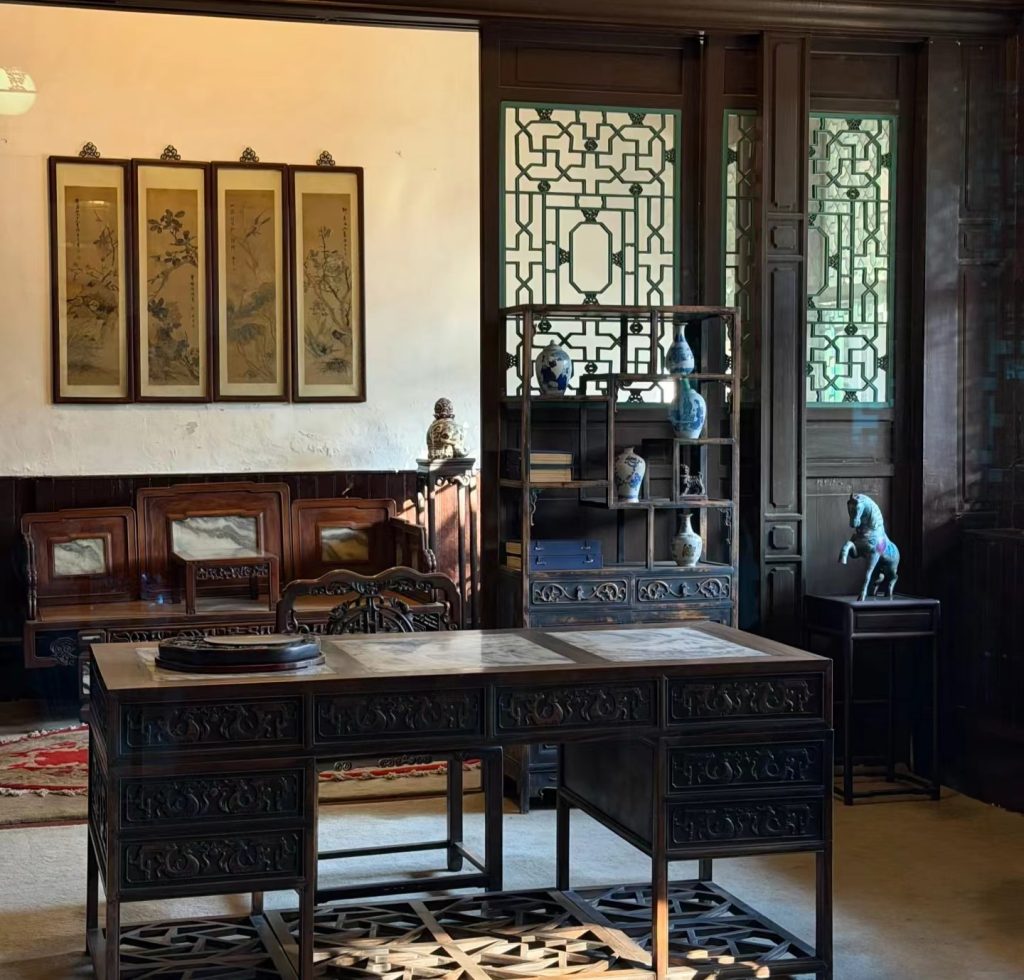
Zhang’s Mansion is the former residence of Zhang Zuolin, a warlord during the late Qing Dynasty and early Republic of China. Known as the “King of the Northeast,” Zhang Zuolin ruled over much of Manchuria, and this mansion served as his political and military headquarters. The architecture is a mix of Western palace styles and traditional Chinese design, reflecting the cultural blend of the time.
- Highlights:
- Visit the exhibition halls showcasing the lives of Zhang Zuolin and his son Zhang Xueliang, known as the “Young Marshal.”
- Explore the historic gardens and courtyards, which are elegantly designed with lush trees and decorative rock gardens.
- Gain insight into the history of Northeast China and the pivotal roles these leaders played in the region’s politics during the early 20th century.
3. Beiling Park (北陵公园) – Zhao Mausoleum
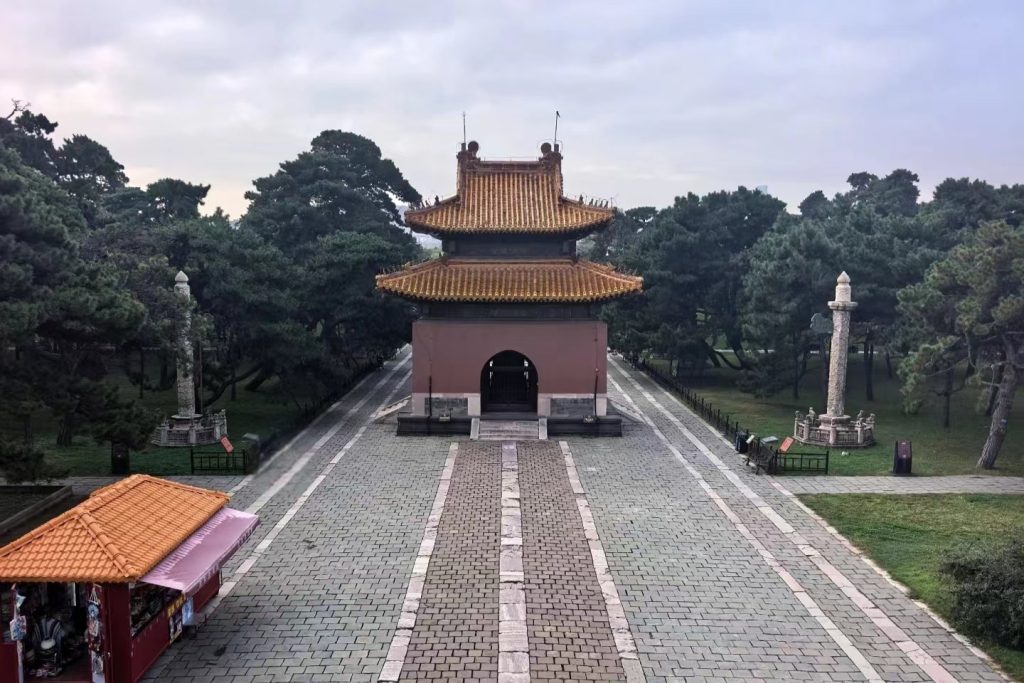
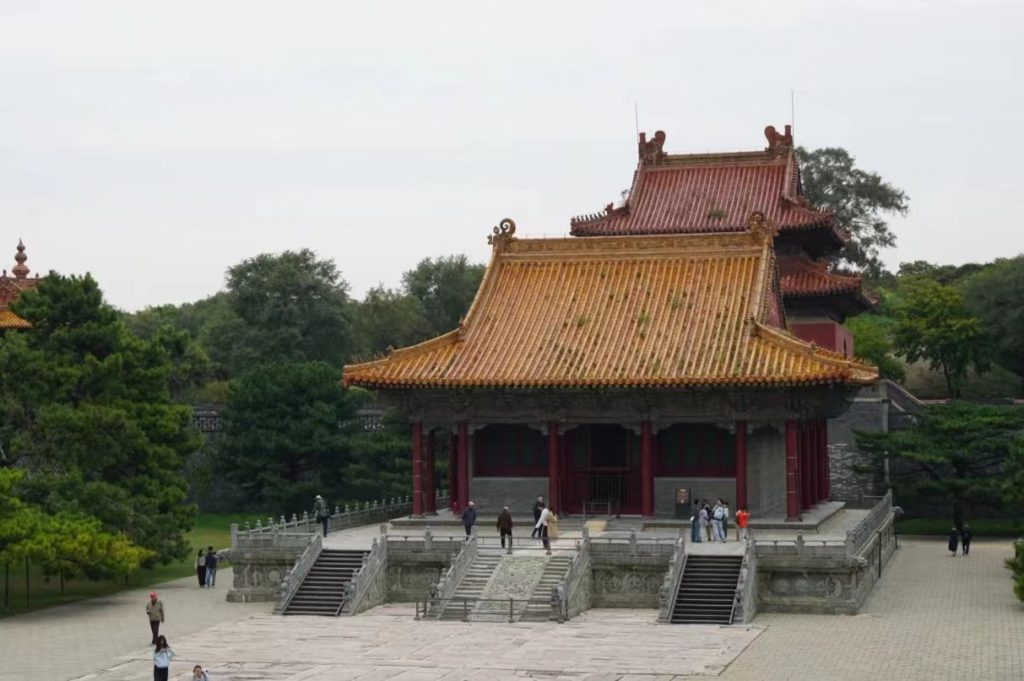
Beiling Park, also known as Zhao Mausoleum, is the tomb of Emperor Huang Taiji, the second emperor of the Qing Dynasty. Set in a peaceful, expansive park, the mausoleum is surrounded by forests, lakes, and elegant pavilions, creating a serene atmosphere perfect for a relaxing walk.
- Highlights:
- Marvel at the grandeur of Qing Dynasty imperial tomb architecture.
- Learn about the life and reign of Huang Taiji, and see artifacts from the time.
- The park’s natural beauty provides a peaceful escape, making it a great spot for unwinding or photography.
4. Qipan Mountain (棋盘山)
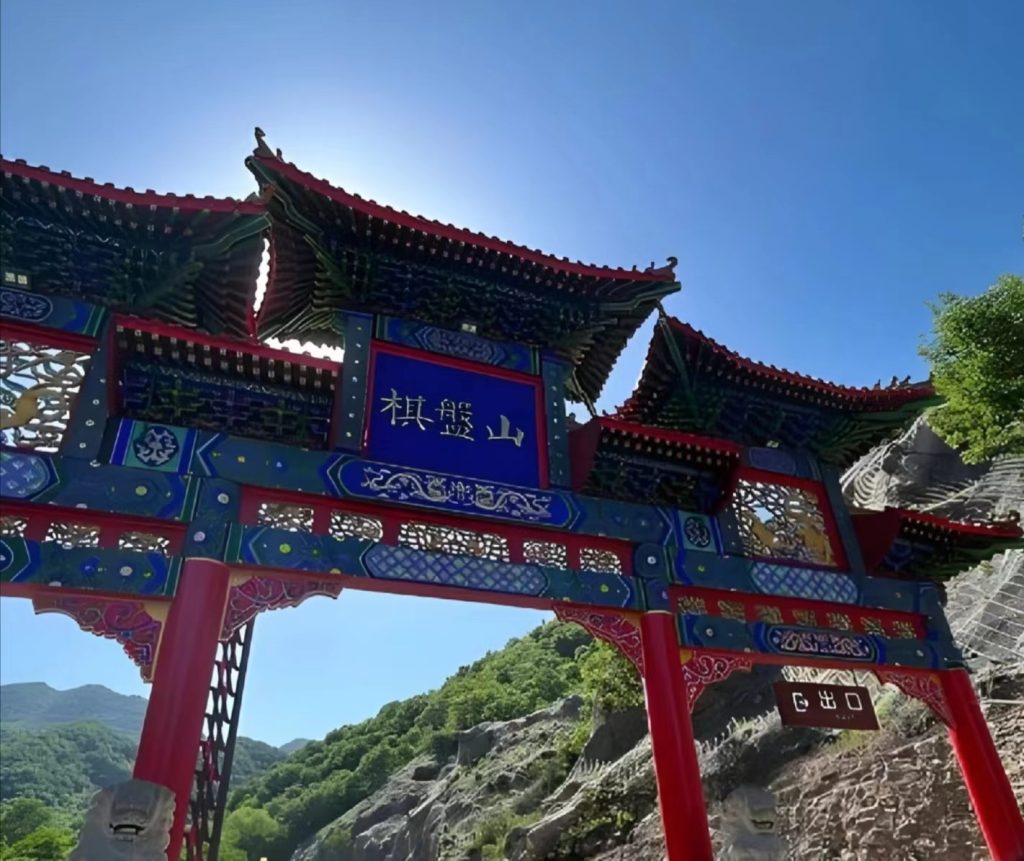
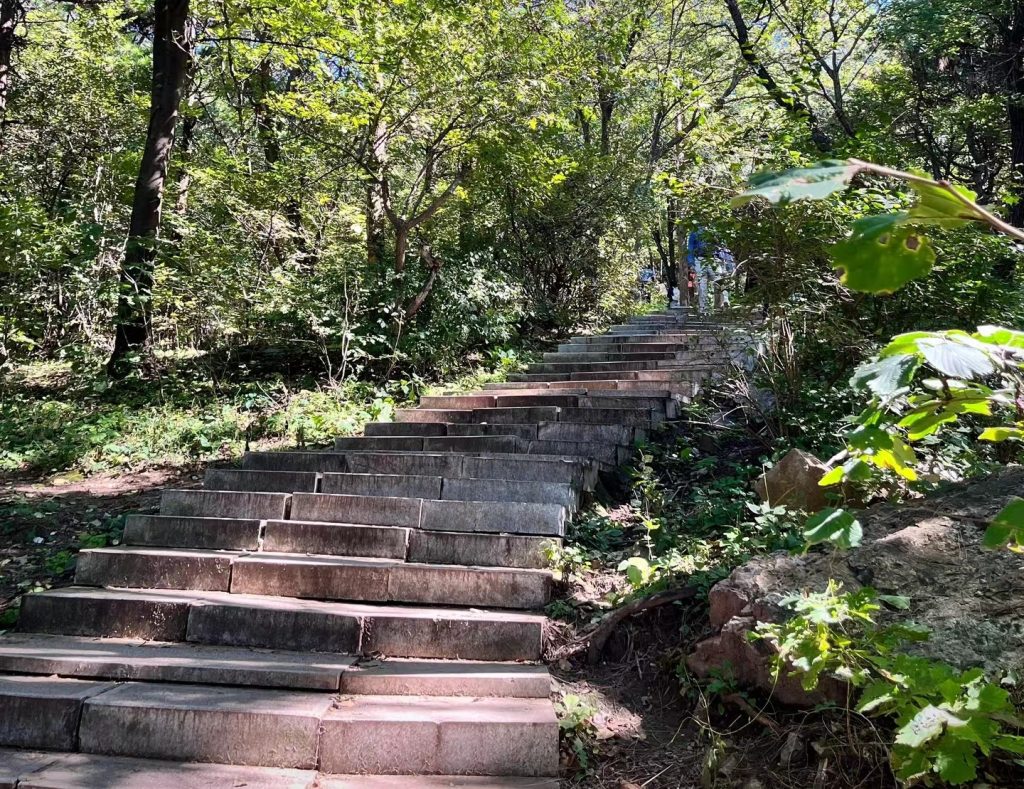
Located in the southeastern part of Shenyang, Qipan Mountain is a scenic area known for its unique, chessboard-like appearance, which gives the mountain its name. The area offers rich vegetation, cascading waterfalls, and panoramic views of the surrounding region.
- Things to Do:
- Hiking: Enjoy hiking trails with beautiful views of the surrounding hills and valleys.
- Nature Walks: Explore the lush forest and spot a variety of plant and wildlife species.
- Mountain Lakes: Relax at the serene lakes and enjoy the picturesque landscapes.
5. Liaoning Provincial Museum (辽宁省博物馆)
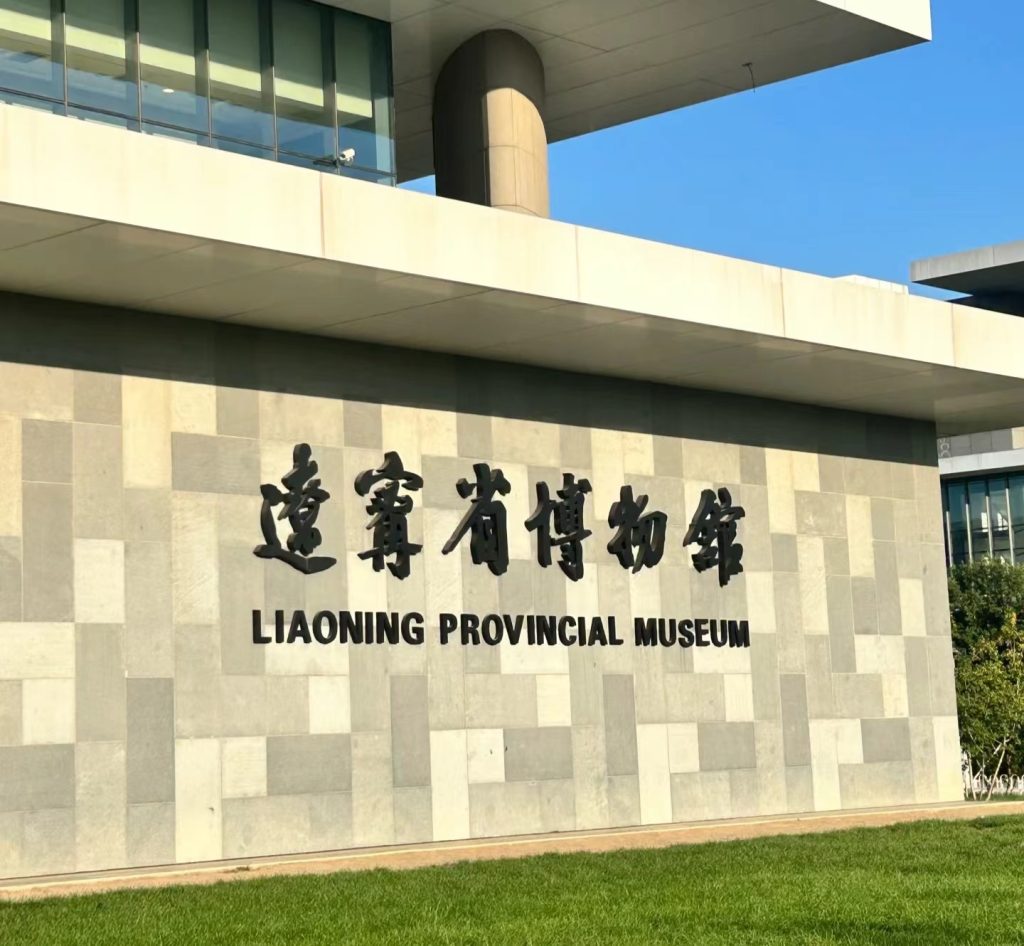
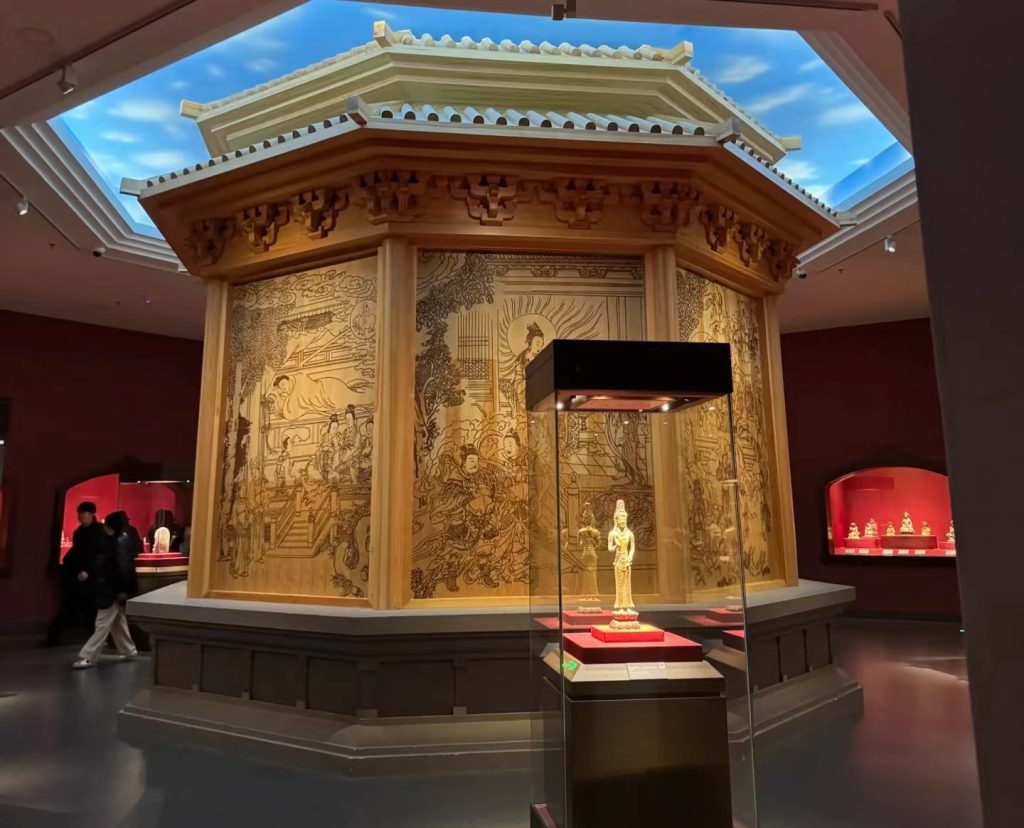
The Liaoning Provincial Museum is a treasure trove of Chinese history, archaeology, and culture. Founded in 1949, it houses extensive collections that span from prehistoric artifacts to modern exhibitions. The museum is particularly known for its ancient relics from the region and impressive archaeological findings.
- Highlights:
- Permanent Exhibitions: Explore collections of ancient Chinese ceramics, artifacts, and fossils from Liaoning.
- Special Exhibitions: Check out rotating exhibitions that feature art, archaeology, and folk culture.
- Interactive Displays: The museum utilizes modern technology, including VR and interactive exhibits, to bring its collections to life.
6. Zhongjie (中街) – Shenyang’s Shopping Street
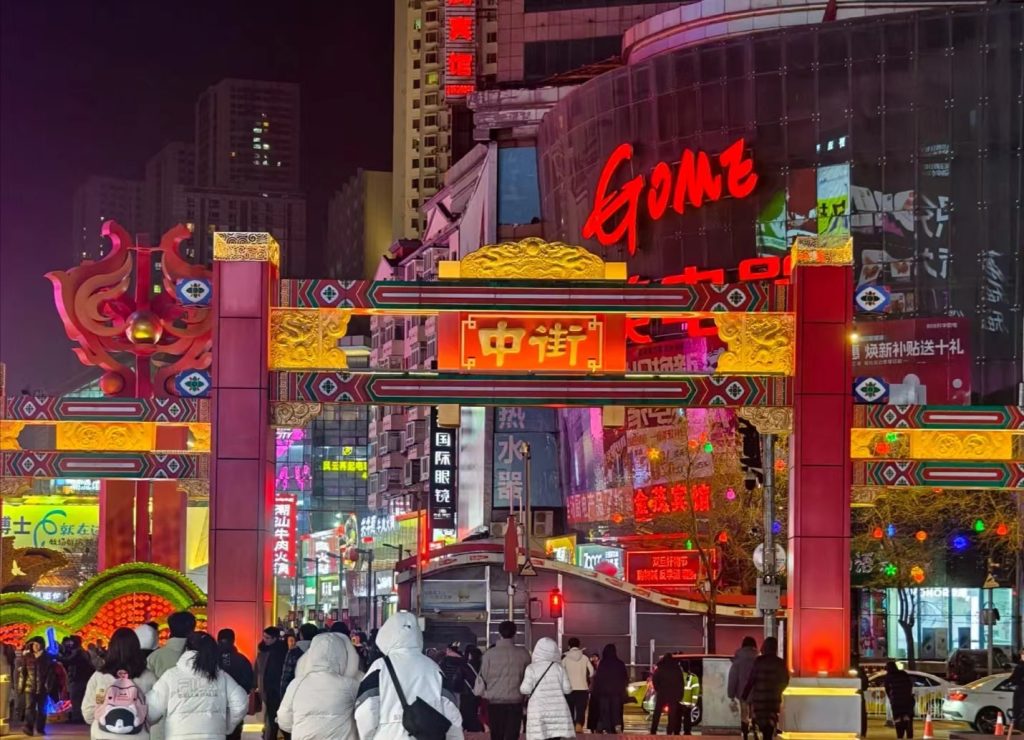
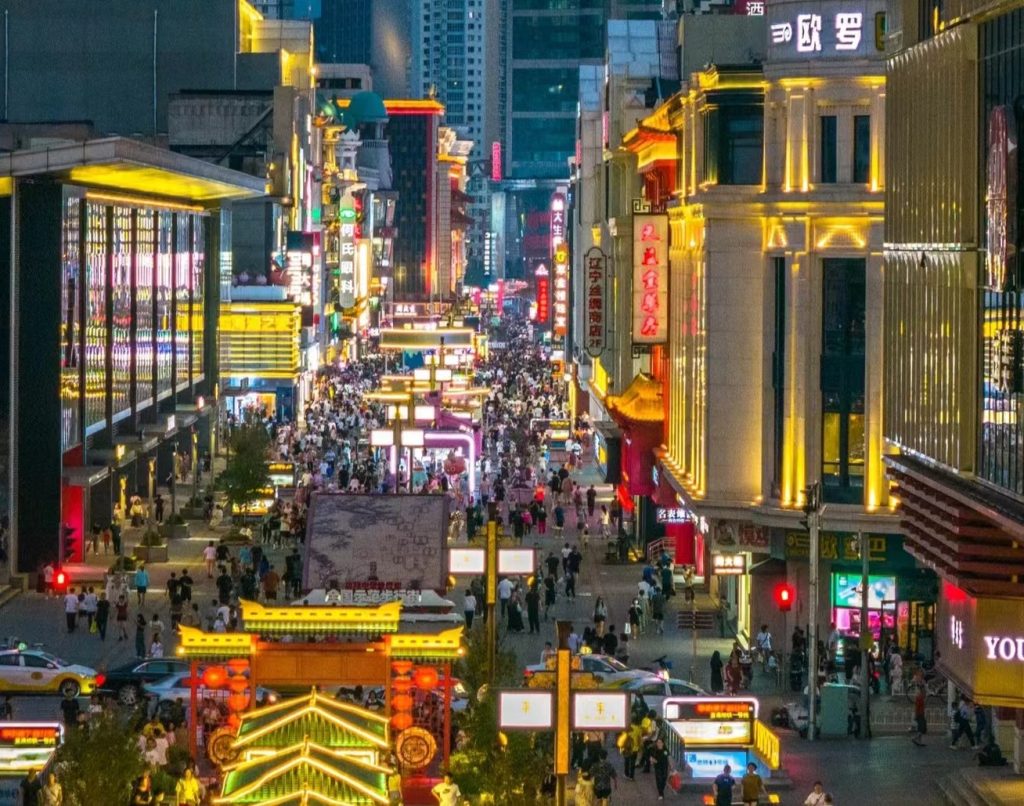
Zhongjie, Shenyang’s oldest commercial street, has been a hub of activity for over a century. Lined with both traditional stores and modern shopping malls, it’s the place to experience the energy of Shenyang’s local culture. The street is also famous for its unique architecture, blending historical buildings from the Qing Dynasty with contemporary designs.
Things to Do:
- Shopping: Browse through local shops offering traditional goods, handicrafts, and souvenirs.
- Food: Enjoy Shenyang’s street food, such as dumplings, roasted meats, and unique northeastern Chinese snacks.
- Night Markets: In the evening, Zhongjie transforms into a vibrant night market where you can sample local delicacies and shop for souvenirs.
7. Liu Laogen Grand Stage (刘老根大舞台)
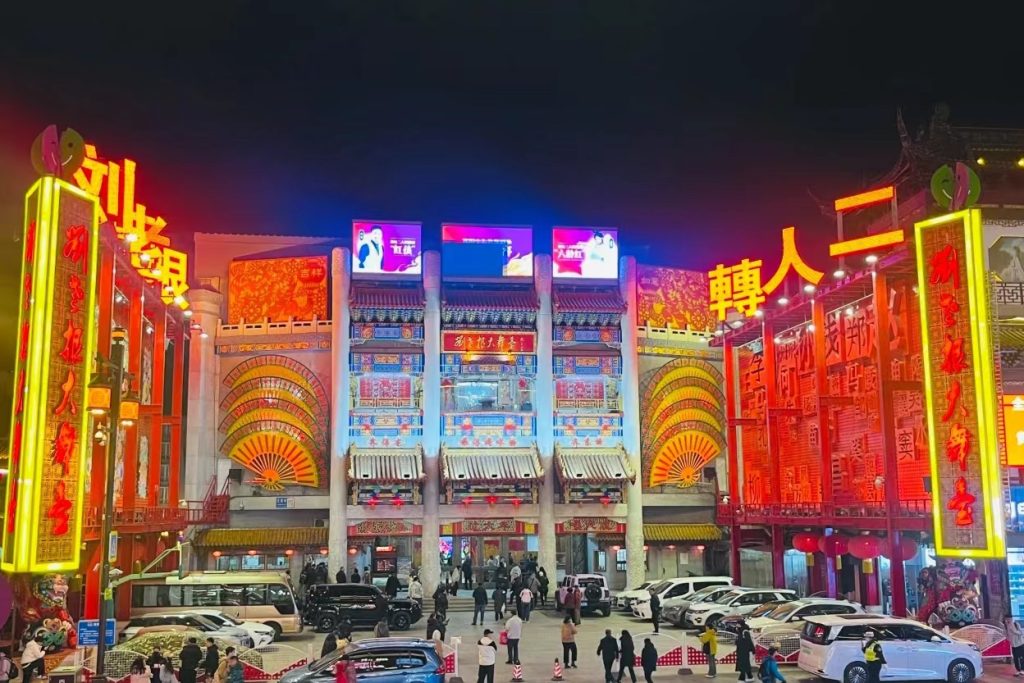
A visit to Liu Laogen Grand Stage is a must for those seeking a taste of Northeastern Chinese entertainment. Famous comedian Zhao Benshan founded this theater, where you can enjoy Er Ren Zhuan, a traditional form of Chinese comedy that is beloved in the northeast.
- What to Expect:
- Live Performances: Laugh along with performers in this fun and lively atmosphere.
- Cultural Experience: Enjoy this distinctly local form of comedy, complete with music, dance, and humorous skits.
8. 918 Historical Museum (九一八历史博物馆)
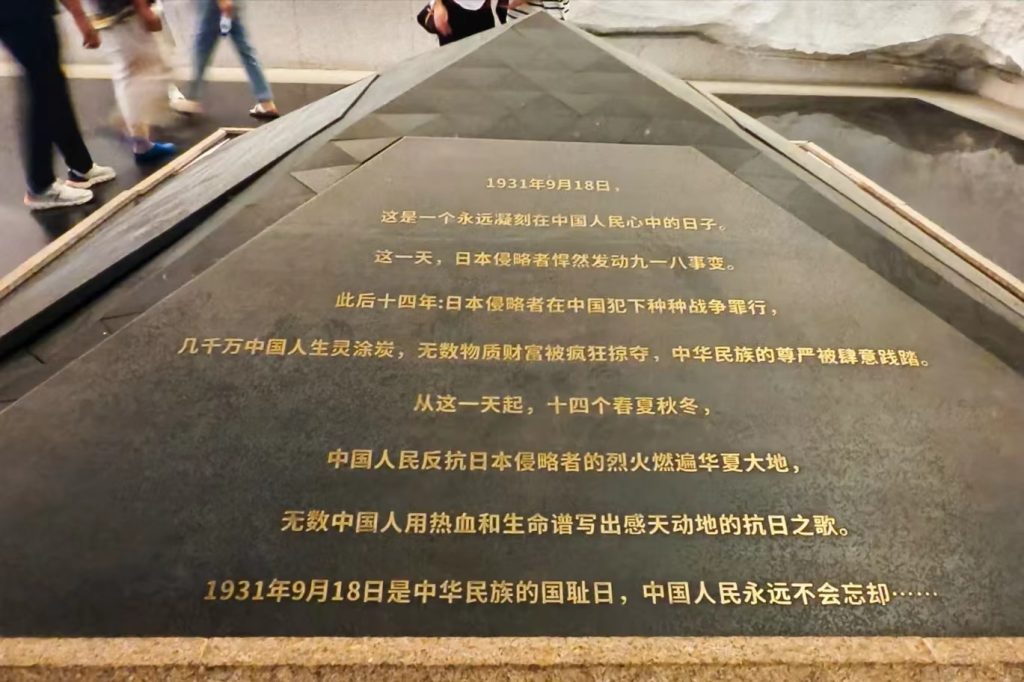
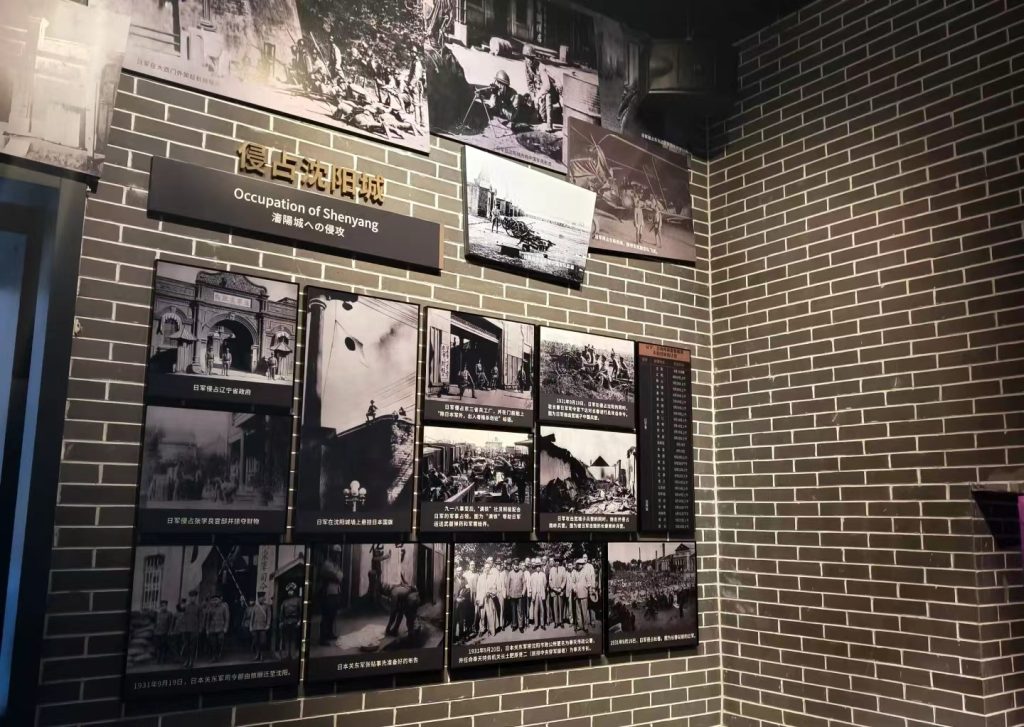
The 918 Historical Museum is a solemn tribute to the September 18th Incident of 1931, when Japanese forces invaded Shenyang, marking the beginning of Japan’s occupation of Northeast China. This museum provides a powerful look at the conflict and its impact on China’s history.
- What to Do:
- Historical Exhibitions: Explore exhibits detailing the events leading up to and following the invasion.
- Reflection: This museum offers a reflective space to learn about the resilience of the Chinese people during this dark chapter in history.
9. Gando Film and Television City (关东影视城)
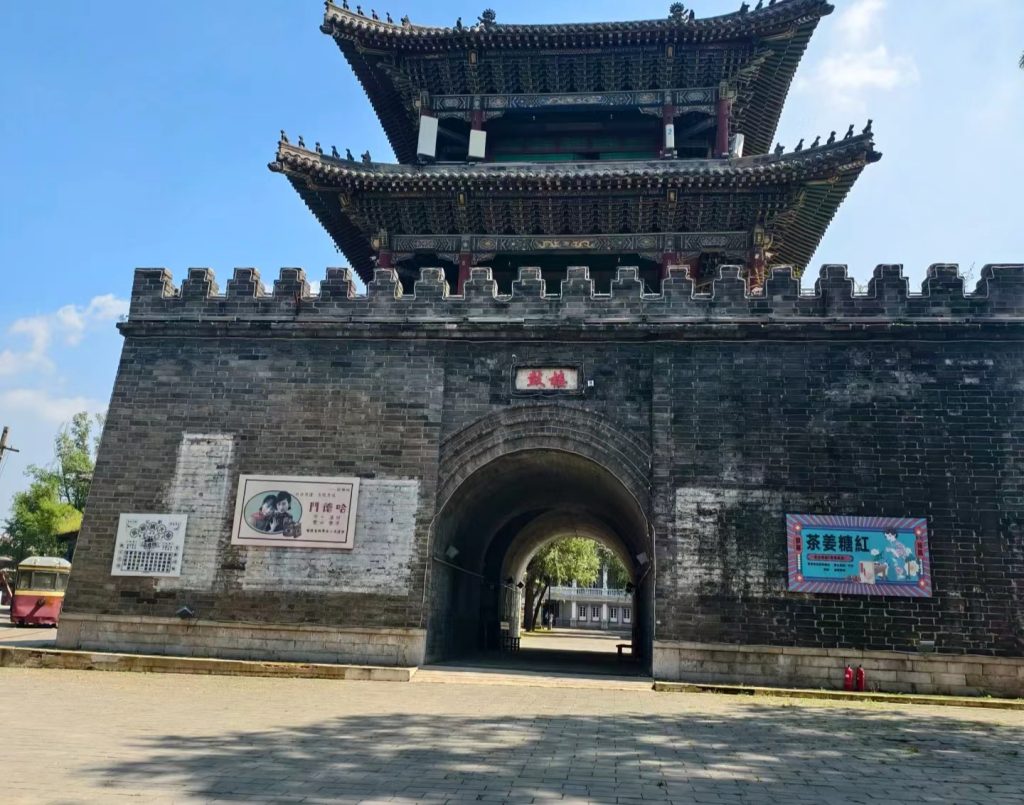
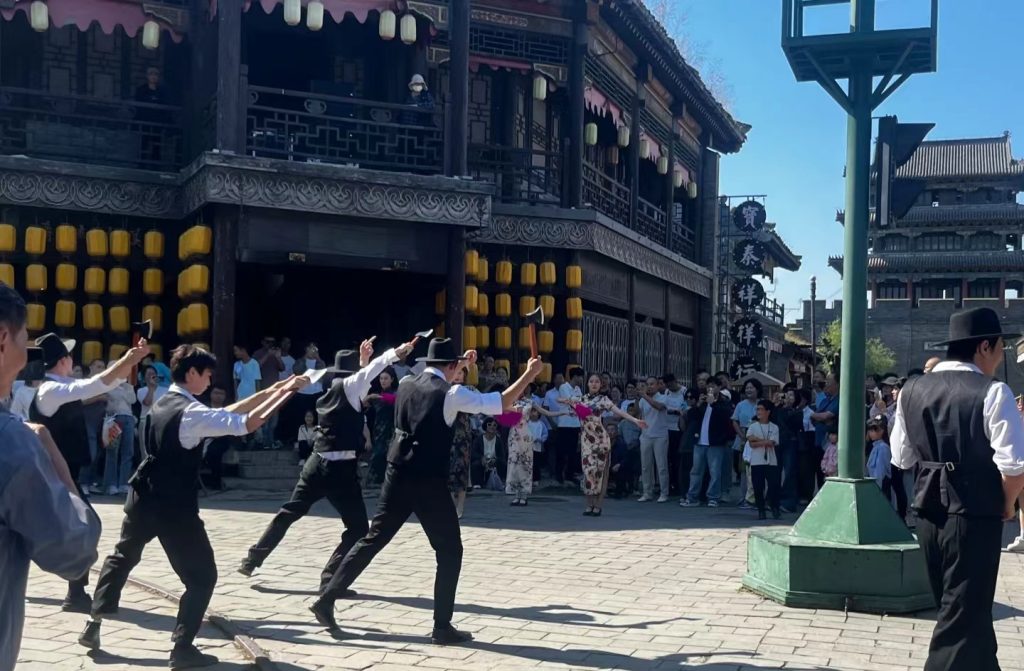
Gando Film and Television City is a theme park designed to replicate historical settings from the Qing Dynasty, the Republic of China, and even earlier periods. Visitors can step back in time as they explore replica streets, villages, and palaces used in historical drama productions.
- What to Do:
- Film Set Tours: Explore the recreated ancient streets and experience the atmosphere of historical Chinese life.
- Costume Photoshoots: Dress up in traditional attire and capture your own historical photos.
10. Xiaheyan Morning Market (小河沿早市)
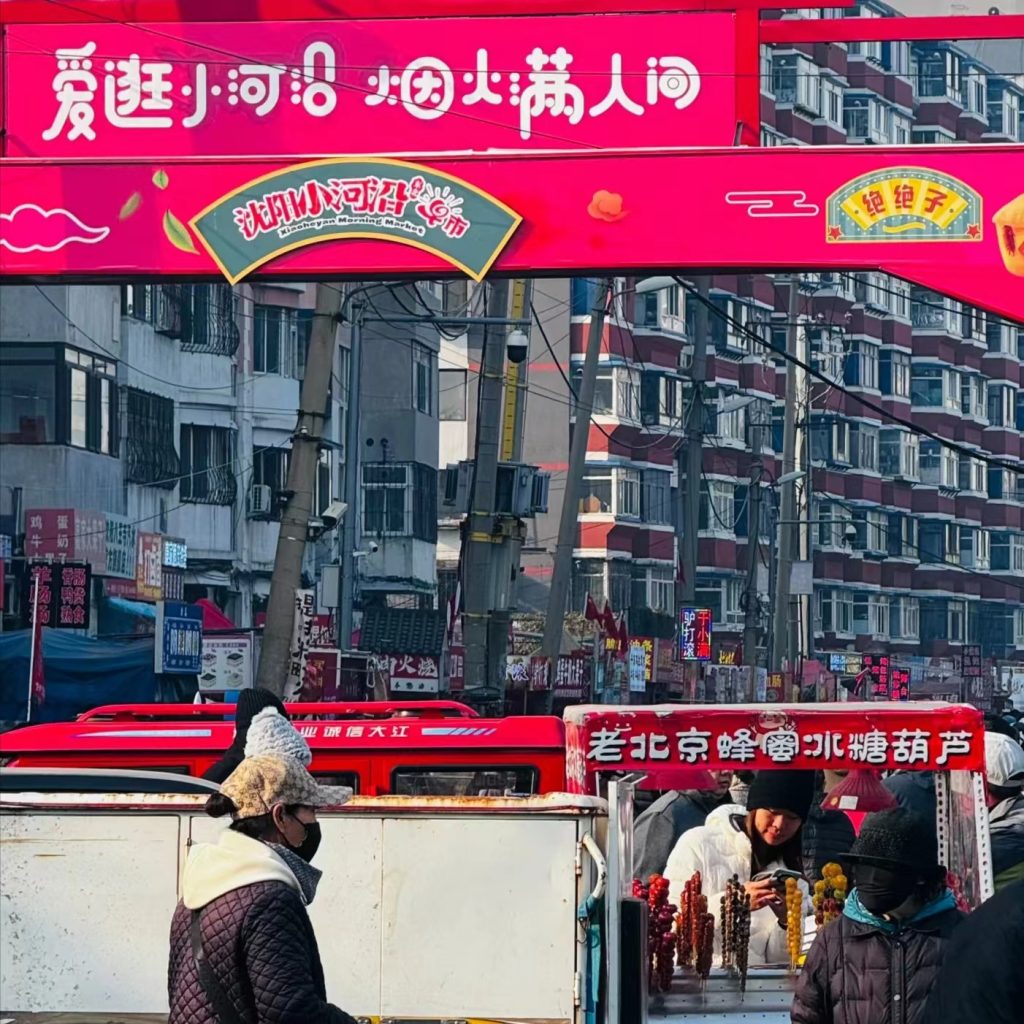
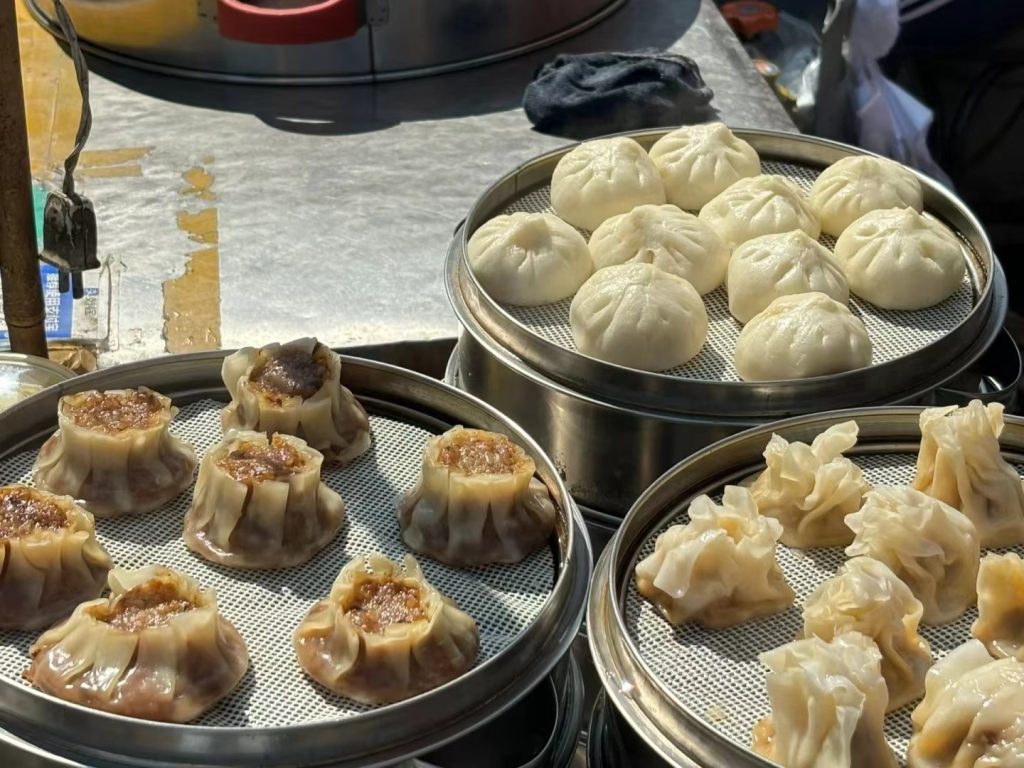
If you want to experience the pulse of daily life in Shenyang, visit the Xiaheyan Morning Market, a traditional market in the heart of the old city. The market is buzzing with locals shopping for fresh produce, seafood, and household items, making it a fascinating place to witness the local culture.
- Things to Do:
- Shop for Local Goods: Pick up fresh fruits, vegetables, and traditional ingredients.
- Local Atmosphere: Immerse yourself in the lively market environment, a perfect place for photos and to sample street food.
Must-Try Local Dishes
When in Shenyang, you can’t miss out on some of the city’s famous dishes:
- Iron Pot Stew (铁锅炖): This hearty stew features beef, goose, or fish cooked with vegetables like dried beans and mushrooms. Best enjoyed with frozen pear juice.
- Fengji Roast Meat (奉吉烤肉): A local favorite, offering a delicious dipping sauce made from sesame paste.
- Lao Fengtian Crispy Chicken (老奉天焦火鸡架): Sweet, crispy chicken ribs that are an absolute treat.
- Laojia Dai’s Spicy Hot Pot (姥家戴记麻辣烫): A traditional style of hot pot with a touch of Chinese medicinal herbs.
Shenyang is a city full of contrasts, where the old and the new come together in harmony. Whether you’re exploring its historic sites like the Shenyang Imperial Palace, enjoying local food in Zhongjie, or reflecting at the 918 Historical Museum, there’s always something to discover in this vibrant city. A visit to Shenyang will give you a deeper understanding of China’s rich cultural history while offering plenty of opportunities

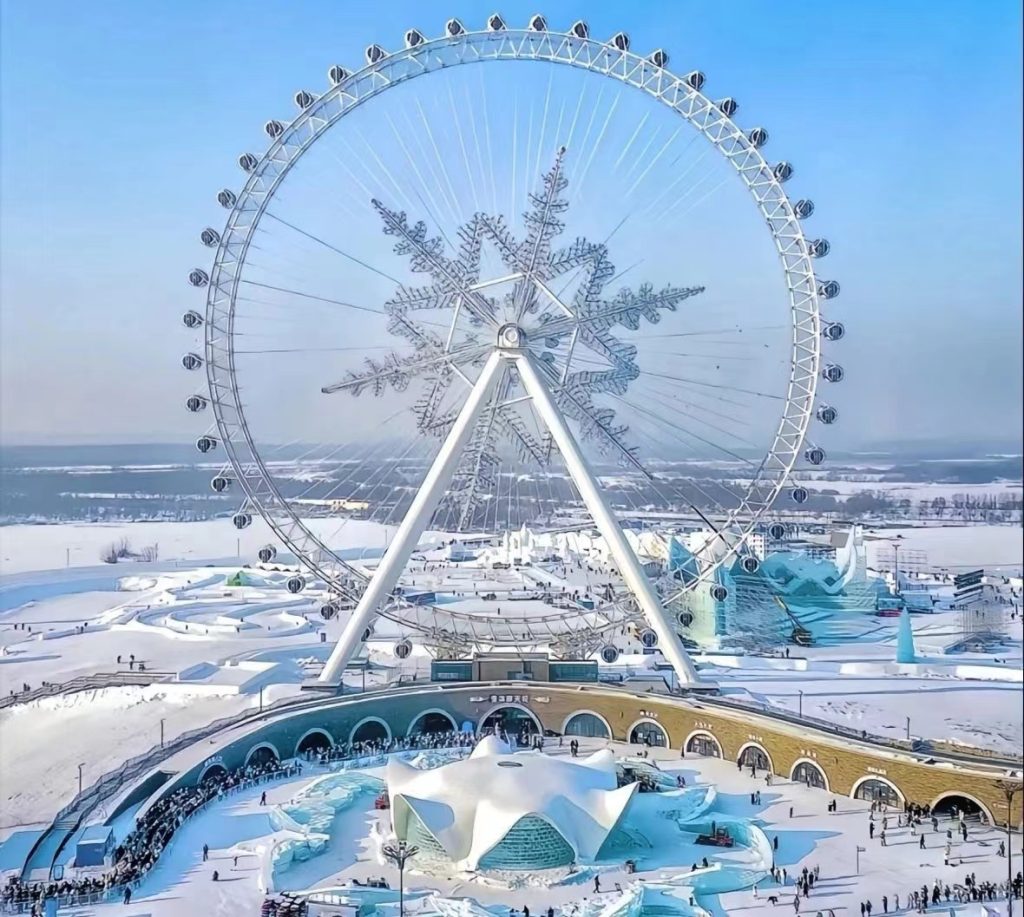
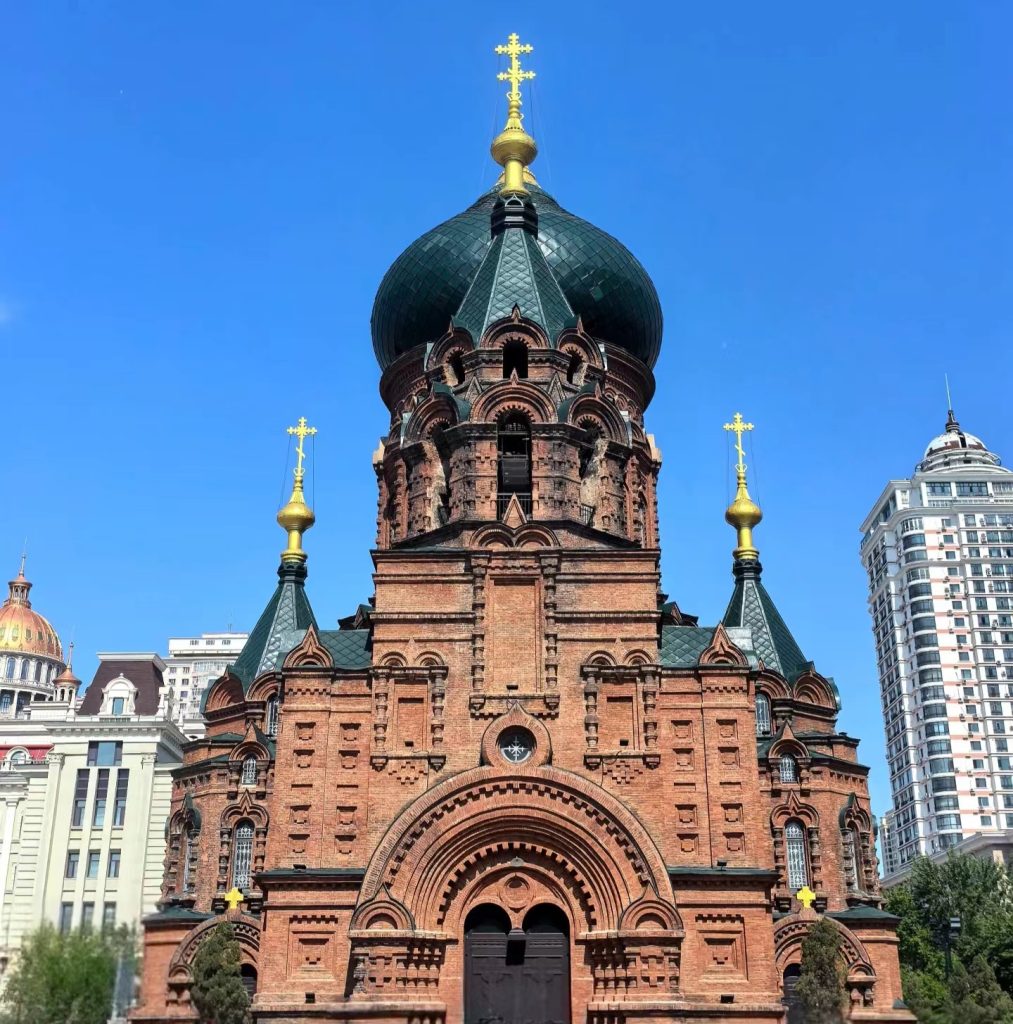
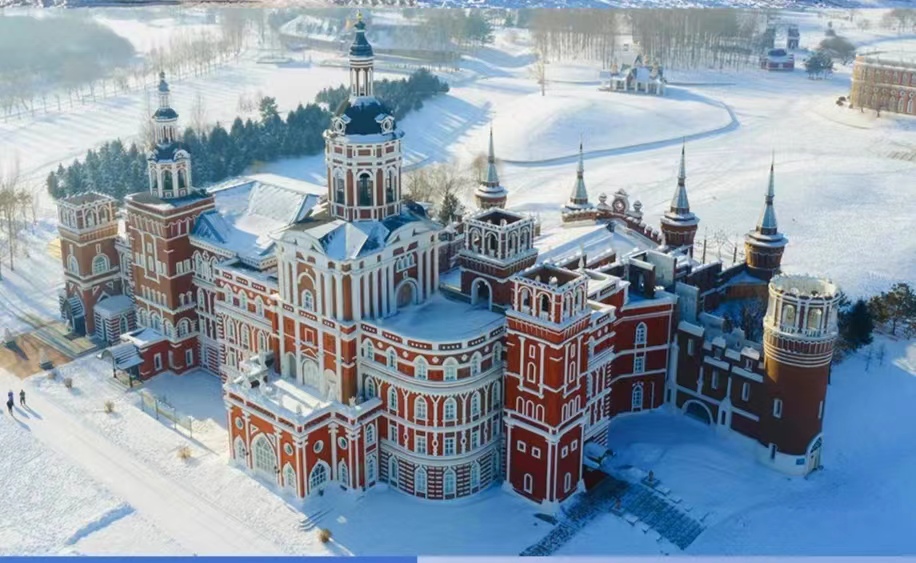
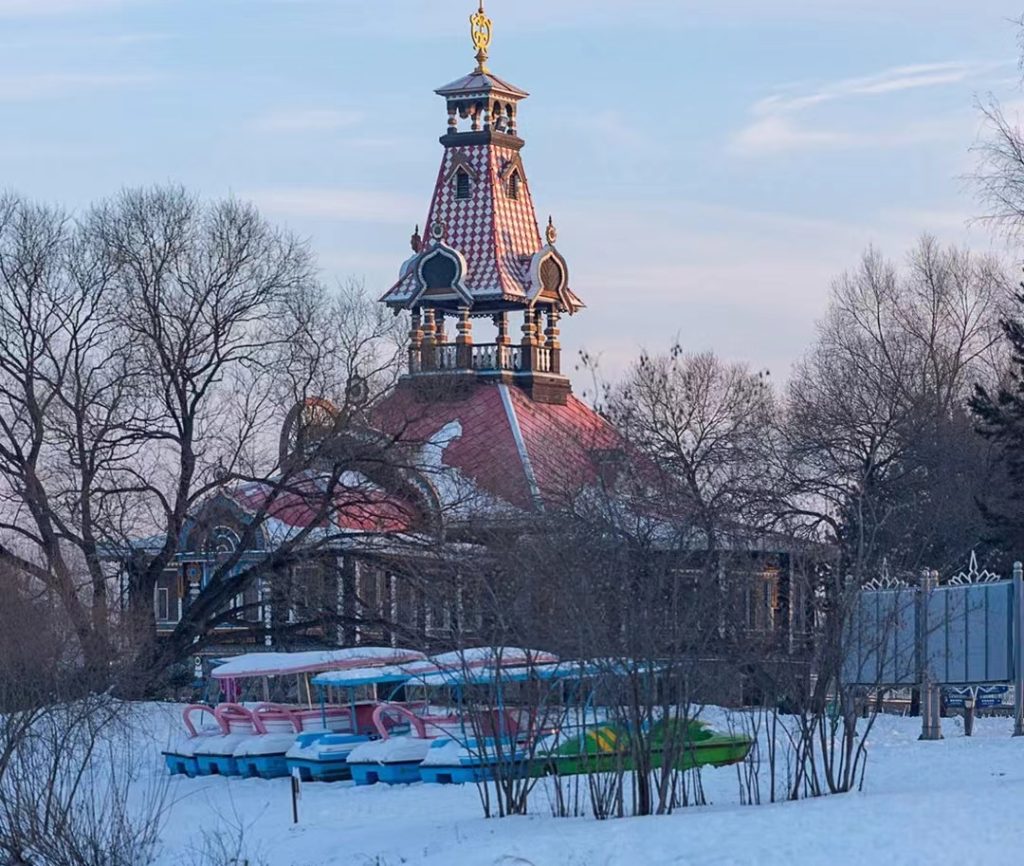
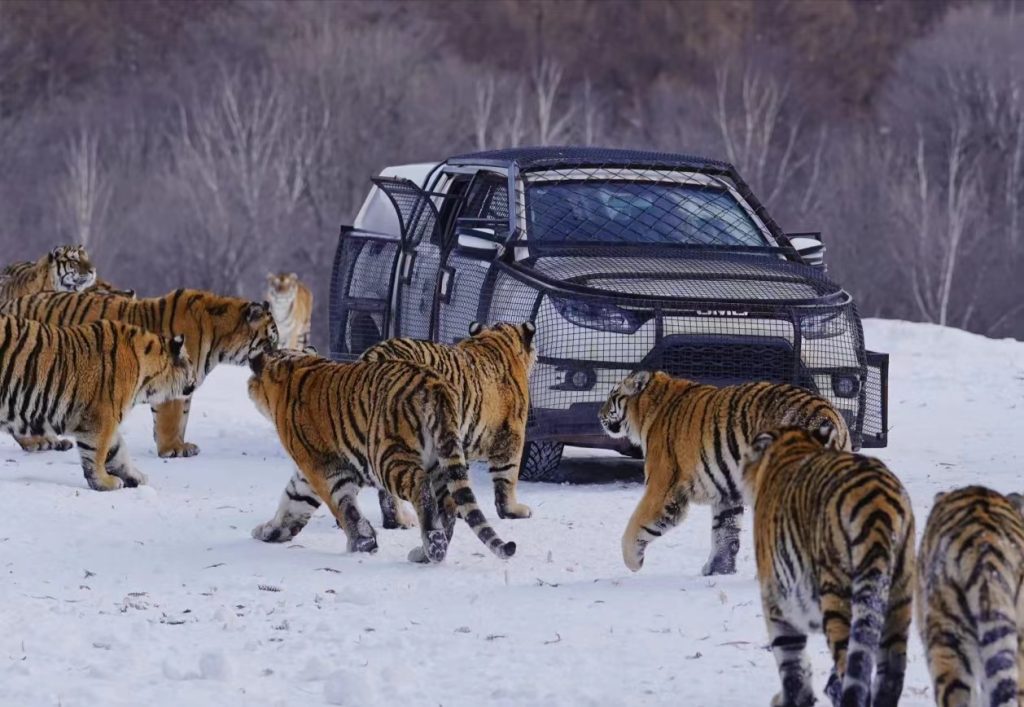

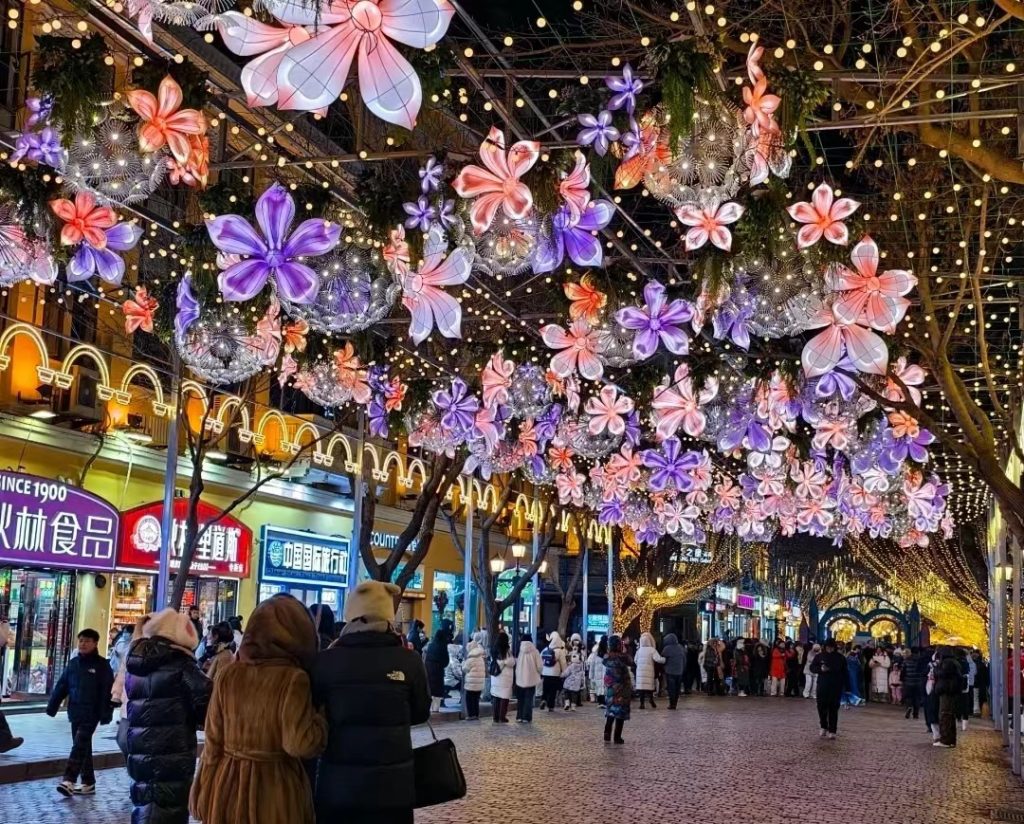
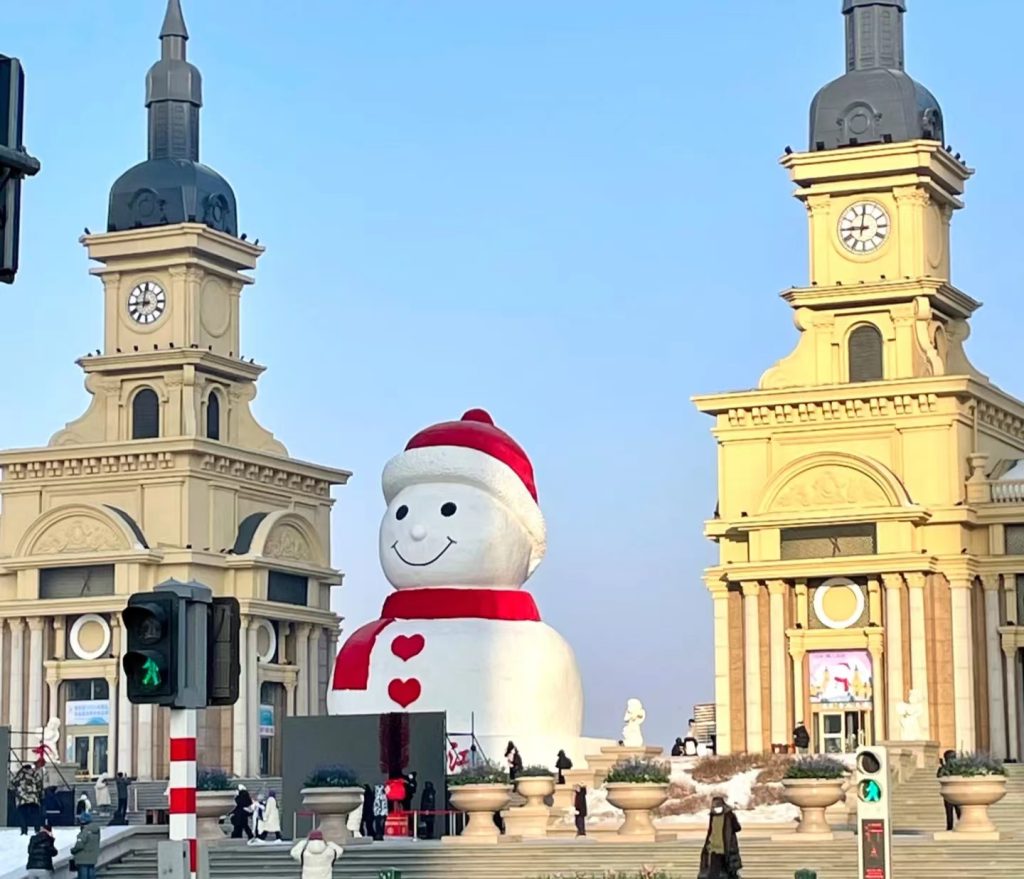
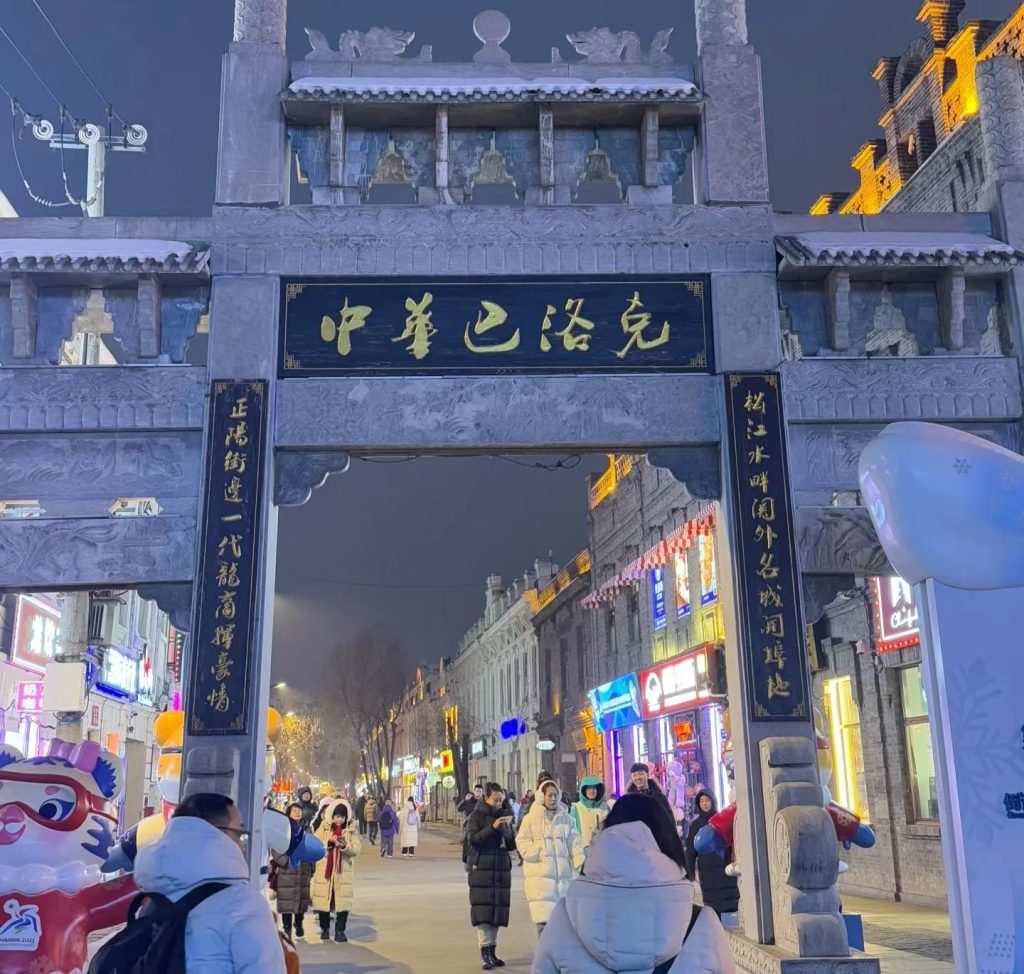
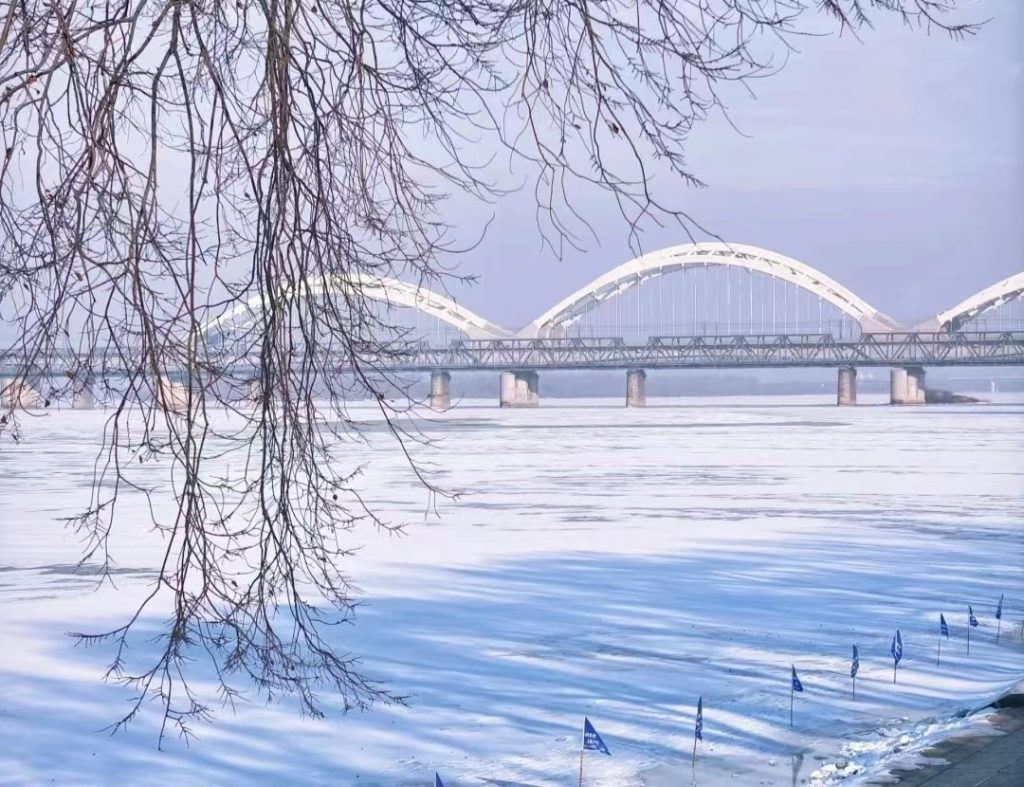
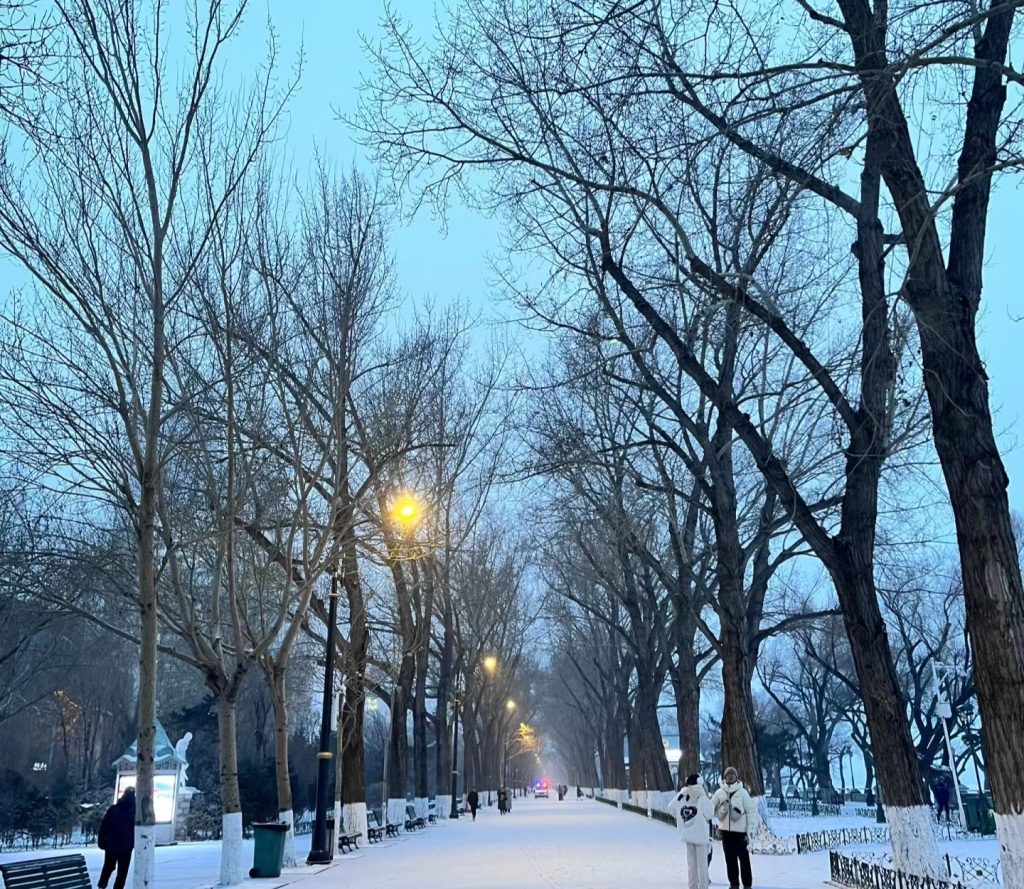
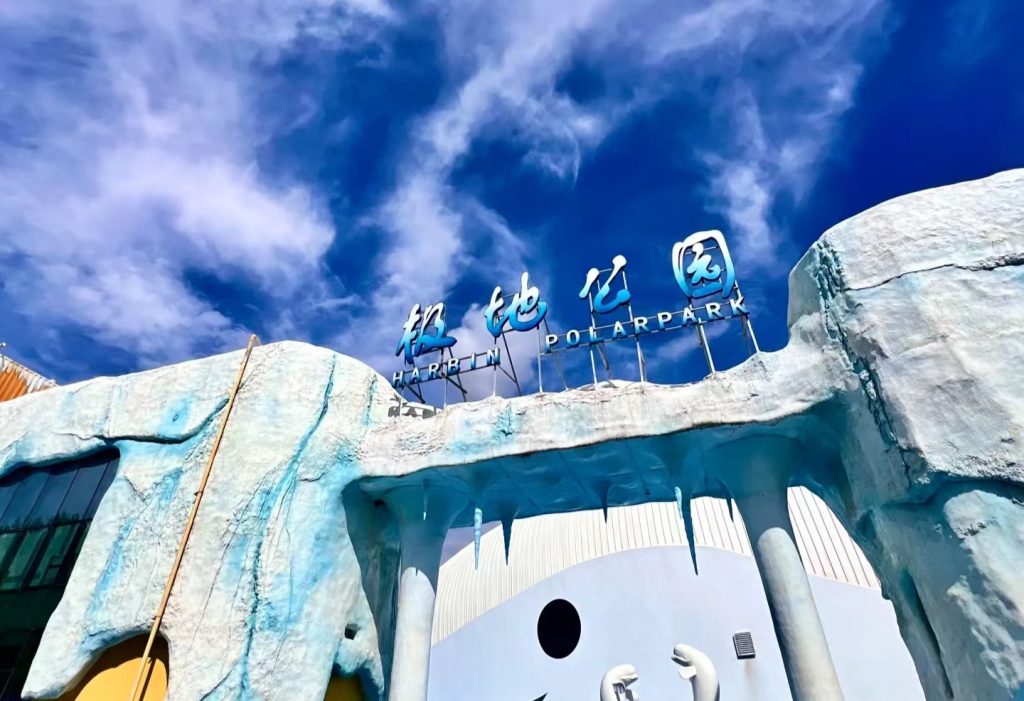
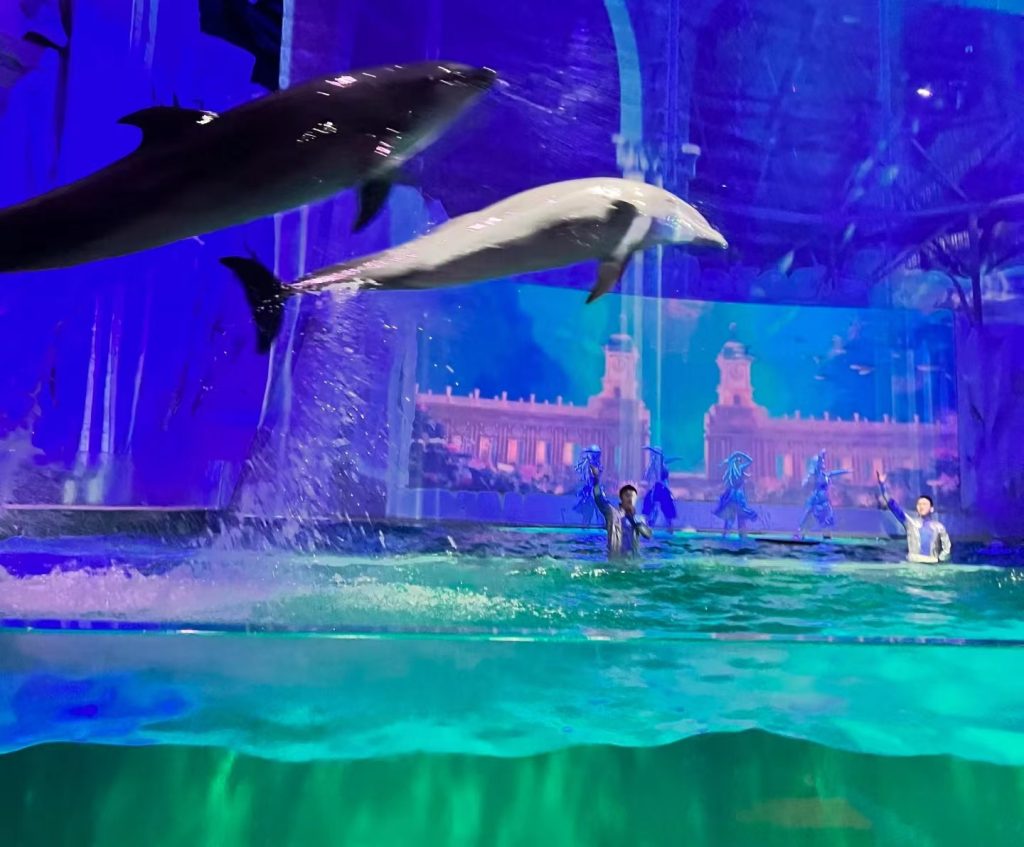

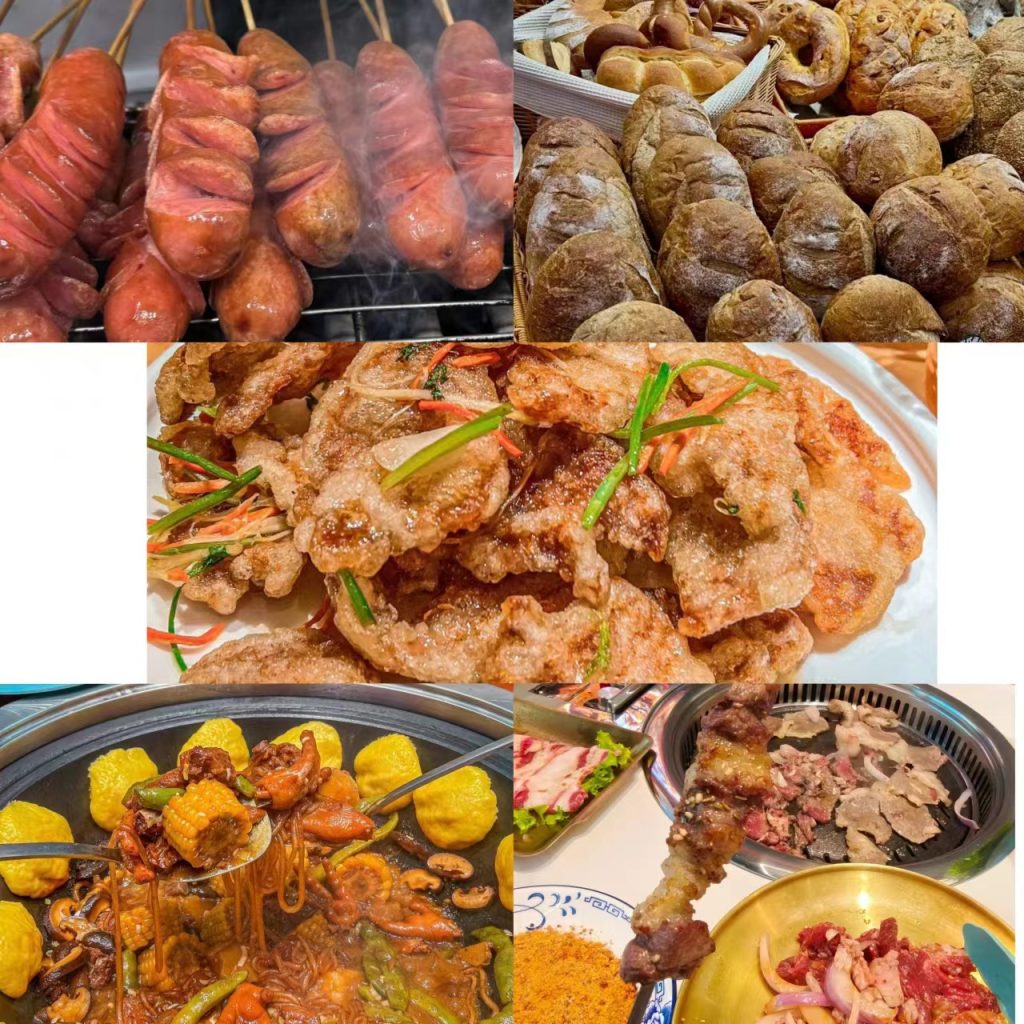
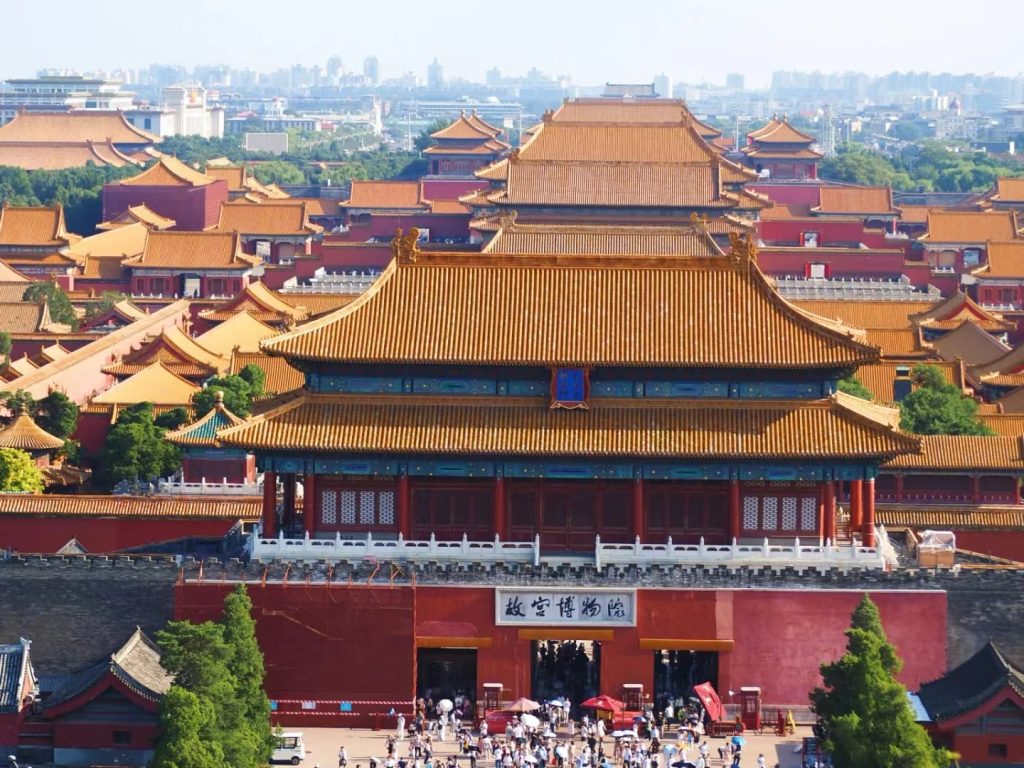


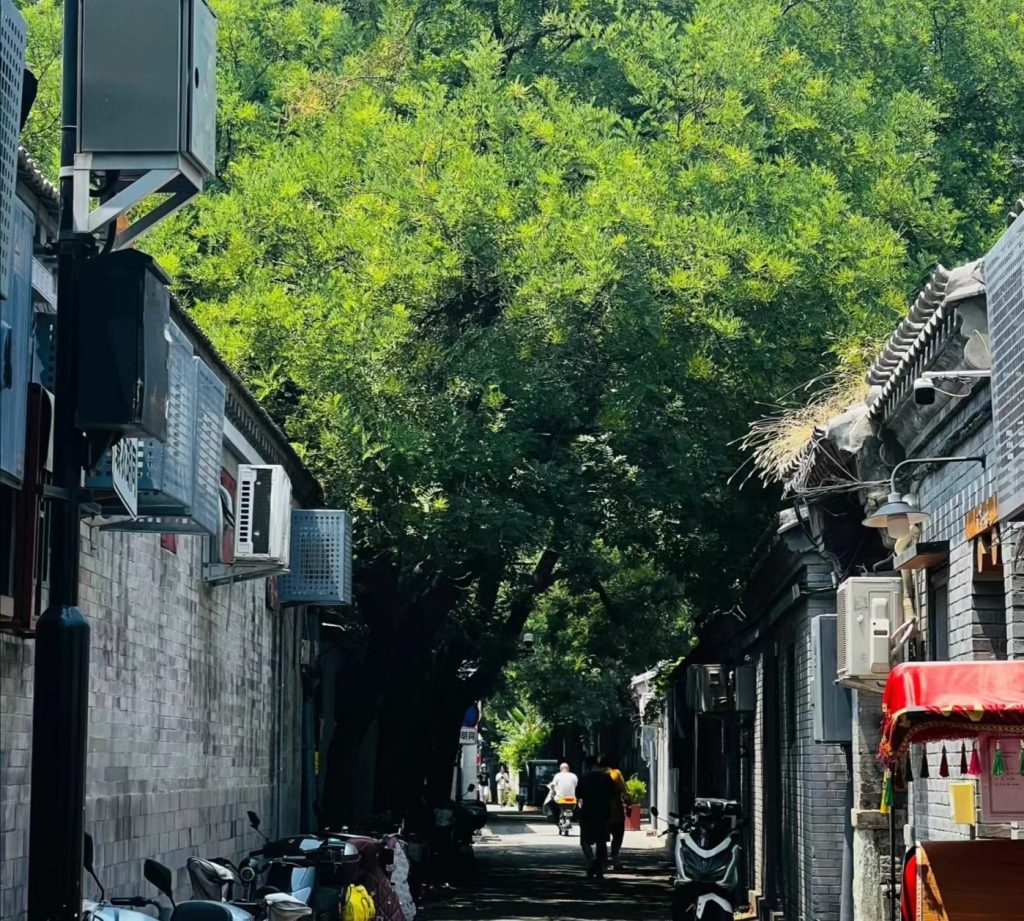
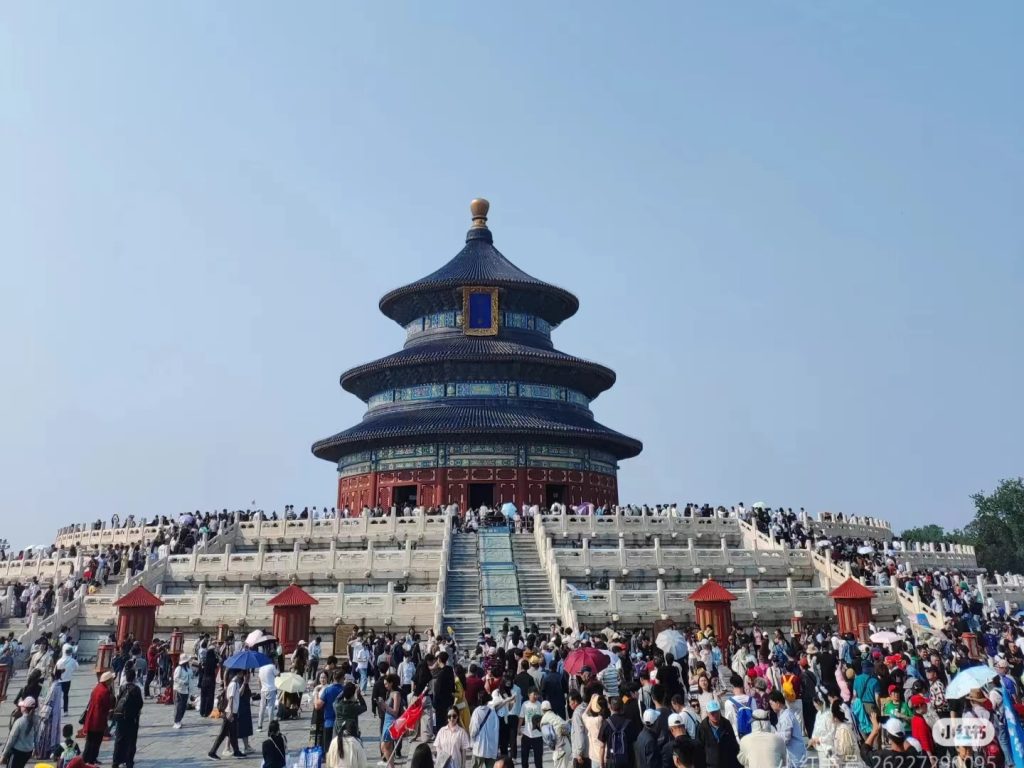












 Beijing Wildlife Park is located in the forest in Daxing District, about 40 kilometers away from the urban area. There are more than two hundred animals in the park, with tens of thousands of them. It is a paradise for children to visit and learn. Many animals in the garden adopt free-range methods. You can observe the animals up close in the iron cage, and you can also feed them, which is full of fun.
Beijing Wildlife Park is located in the forest in Daxing District, about 40 kilometers away from the urban area. There are more than two hundred animals in the park, with tens of thousands of them. It is a paradise for children to visit and learn. Many animals in the garden adopt free-range methods. You can observe the animals up close in the iron cage, and you can also feed them, which is full of fun. The end of the car dealership is the starting point of the northern line. There is a mini animal free-range area where you can rent a battery car to enter. The animals here are relatively safe. You can feed herbivores such as alpacas and deer, and you can also interact with the animals.
The end of the car dealership is the starting point of the northern line. There is a mini animal free-range area where you can rent a battery car to enter. The animals here are relatively safe. You can feed herbivores such as alpacas and deer, and you can also interact with the animals. Songhua River is one of the seven major rivers in China and the largest tributary of Heilongjiang in China. Songhua River was called Nanhe River in Sui Dynasty, Nashui River in Tang Dynasty, Yak River and Huntong River in Liao and Jin Dynasty, and Huntong River, Songhua River in Qing Dynasty. It flows through the two provinces of Jilin and Heilongjiang, with a drainage area of 557,200 square kilometers, covering Heilongjiang, Jilin, Liaoning, and Inner Mongolia in the four northeastern provinces, with an annual runoff of 76.2 billion cubic meters.
Songhua River is one of the seven major rivers in China and the largest tributary of Heilongjiang in China. Songhua River was called Nanhe River in Sui Dynasty, Nashui River in Tang Dynasty, Yak River and Huntong River in Liao and Jin Dynasty, and Huntong River, Songhua River in Qing Dynasty. It flows through the two provinces of Jilin and Heilongjiang, with a drainage area of 557,200 square kilometers, covering Heilongjiang, Jilin, Liaoning, and Inner Mongolia in the four northeastern provinces, with an annual runoff of 76.2 billion cubic meters. In winter, the frozen Songhua River ice is about half a meter thick. People and horse-drawn carriages can walk on the ice. When there is snow, it will be soft. This section of the river in Harbin is about 100 meters wide. On the river surface near the Monument to the Heroes of Flood Control, there are skiing circles, skating tracks, ice games, snow tanks, and ice bike rides. Adults and children can experience it.
In winter, the frozen Songhua River ice is about half a meter thick. People and horse-drawn carriages can walk on the ice. When there is snow, it will be soft. This section of the river in Harbin is about 100 meters wide. On the river surface near the Monument to the Heroes of Flood Control, there are skiing circles, skating tracks, ice games, snow tanks, and ice bike rides. Adults and children can experience it. Manting Park is located in the southeast of Jinghong City, Yunnan Province. It has hills and rivers, as well as rich ethnic cultural landscapes. It is a natural village-style park and a historic city park in Xishuangbanna. In Manting Park, travelers can go to the vine plant area and the Peacock Garden to see the animals and plants, and they can also visit the Dai and Thai-style buildings, and they can also watch the singing and dancing performances of ethnic minorities in the evening.
Manting Park is located in the southeast of Jinghong City, Yunnan Province. It has hills and rivers, as well as rich ethnic cultural landscapes. It is a natural village-style park and a historic city park in Xishuangbanna. In Manting Park, travelers can go to the vine plant area and the Peacock Garden to see the animals and plants, and they can also visit the Dai and Thai-style buildings, and they can also watch the singing and dancing performances of ethnic minorities in the evening. There are 8 scenic spots in Manting Park, including ethnic culture square, vine plant area, tropical orchid garden, peacock garden, release lake, Buddhist culture area, tree planting memorial area, and tea garden culture area. The scenic spot embodies the three themes of “Dai royal culture, Buddhist culture, and Dai folk culture”. You can row boats in the park and see wild bears, boars, pythons, peacocks and various birds. It is open for tourists during the day and has the taste of “Imperial Garden”. In the evening, the “Lancang River•Mekong River Night” theatrical performance and bonfire party are the biggest highlights of the park and are worth watching.
There are 8 scenic spots in Manting Park, including ethnic culture square, vine plant area, tropical orchid garden, peacock garden, release lake, Buddhist culture area, tree planting memorial area, and tea garden culture area. The scenic spot embodies the three themes of “Dai royal culture, Buddhist culture, and Dai folk culture”. You can row boats in the park and see wild bears, boars, pythons, peacocks and various birds. It is open for tourists during the day and has the taste of “Imperial Garden”. In the evening, the “Lancang River•Mekong River Night” theatrical performance and bonfire party are the biggest highlights of the park and are worth watching. TEDA Aircraft Theme Park is a reconstruction of the aircraft carrier Kiev. The internal facilities and combat equipment of the aircraft carrier have been reset. You can visit and understand the scenes of operations and life on the aircraft carrier, as well as large-scale performances that reproduce the aircraft carrier operations. At the same time, the architecture of the scenic spot and many performances are themed to show Russian customs, which is grand and wonderful.
TEDA Aircraft Theme Park is a reconstruction of the aircraft carrier Kiev. The internal facilities and combat equipment of the aircraft carrier have been reset. You can visit and understand the scenes of operations and life on the aircraft carrier, as well as large-scale performances that reproduce the aircraft carrier operations. At the same time, the architecture of the scenic spot and many performances are themed to show Russian customs, which is grand and wonderful. After walking through Russian style street, you will come to the square in the center of the scenic spot. There is a uniquely designed building on the east and north sides of the square. After visiting the two buildings, you will come to the aircraft carrier on the seashore. The interior of the carrier has been restored to the scene of service. There are dozens of projects in the ship, such as the combat command center, the intelligence module, the aircraft carrier science and technology museum, the ship development history, the sailor tilt cabin, and the warrior corridor. There are photo displays, artifact displays, and many weapons facilities. In addition, the most popular performance in the scenic spot-Carrier Storm, is held every day on the aircraft carrier, which truly reproduces the intense scenes of the aircraft carrier battle, and it is very exciting and can be watched in the stands outside the aircraft carrier. At the same time, there will be Russian singing and dancing performances every day on the flyover outside the aircraft carrier, which is gorgeous and romantic, and just don’t miss it.
After walking through Russian style street, you will come to the square in the center of the scenic spot. There is a uniquely designed building on the east and north sides of the square. After visiting the two buildings, you will come to the aircraft carrier on the seashore. The interior of the carrier has been restored to the scene of service. There are dozens of projects in the ship, such as the combat command center, the intelligence module, the aircraft carrier science and technology museum, the ship development history, the sailor tilt cabin, and the warrior corridor. There are photo displays, artifact displays, and many weapons facilities. In addition, the most popular performance in the scenic spot-Carrier Storm, is held every day on the aircraft carrier, which truly reproduces the intense scenes of the aircraft carrier battle, and it is very exciting and can be watched in the stands outside the aircraft carrier. At the same time, there will be Russian singing and dancing performances every day on the flyover outside the aircraft carrier, which is gorgeous and romantic, and just don’t miss it. Qingdao is located on the southeastern coast of the Shandong Peninsula. It is the pearl of the Yellow Sea, the classic of architecture of all nations, the famous city where beer is fragrant, and the hot spot for opening to the outside world.
Qingdao is located on the southeastern coast of the Shandong Peninsula. It is the pearl of the Yellow Sea, the classic of architecture of all nations, the famous city where beer is fragrant, and the hot spot for opening to the outside world. May to October is the best time to travel in Qingdao. July to August is the golden season for swimming and riding waves. At this time, you can experience Qingdao’s customs most. Because the Oktoberfest opens in August, many tourists will gather in Qingdao to enjoy a drink on Midsummer Eve. September gradually enters the autumn season, which coincides with the good seafood season. Crabs, prawns and other seafood are on the market during the season, attracting people to eat. The autumn colors of Ba Da Guan Scenic Area are also very attractive. Standing in the golden sycamore lanes makes you feel like you are in Paris, France.
May to October is the best time to travel in Qingdao. July to August is the golden season for swimming and riding waves. At this time, you can experience Qingdao’s customs most. Because the Oktoberfest opens in August, many tourists will gather in Qingdao to enjoy a drink on Midsummer Eve. September gradually enters the autumn season, which coincides with the good seafood season. Crabs, prawns and other seafood are on the market during the season, attracting people to eat. The autumn colors of Ba Da Guan Scenic Area are also very attractive. Standing in the golden sycamore lanes makes you feel like you are in Paris, France. Ming Tomb is the mausoleum of Ming Taizu Zhu Yuanzhang and Queen Ma in the Zhongshan Scenic Area. The magnificent tomb represents the achievements of architecture and stone carving art in the early Ming Dynasty. It also directly influenced the shape of the Ming and Qing emperors’ tombs.
Ming Tomb is the mausoleum of Ming Taizu Zhu Yuanzhang and Queen Ma in the Zhongshan Scenic Area. The magnificent tomb represents the achievements of architecture and stone carving art in the early Ming Dynasty. It also directly influenced the shape of the Ming and Qing emperors’ tombs. Xiangdian is also called Xiaoling Hall. It was originally the place where Zhu Yuanzhang and Empress Ma were dedicated to the gods. The original hall has been destroyed. Now it is the Ming Tomb historical materials showroom. Fangcheng is a huge building in front of Xiaoling Baoding. The exterior is built with large stones and the bottom is Sumeru seat. The Ming Tower is above Fangcheng. The original yellow-tile roof was destroyed and later repaired. Follow the trails on the left and right sides of Fangcheng to reach Ming Tower. To the north of Fangcheng is Baoding, which is also known as Baocheng, and it is about 400 meters long and is the residence of Zhu Yuanzhang and Queen Ma’s palace. Enter through the arch in the middle of the Fangcheng, you will find there is a circular arch tunnel inside. Climb 54 steps to get out of the tunnel, then outside is the southern wall of Baoding. Below Baoding is the underground palace of Zhu Yuanzhang’s tomb. No excavation was carried out.
Xiangdian is also called Xiaoling Hall. It was originally the place where Zhu Yuanzhang and Empress Ma were dedicated to the gods. The original hall has been destroyed. Now it is the Ming Tomb historical materials showroom. Fangcheng is a huge building in front of Xiaoling Baoding. The exterior is built with large stones and the bottom is Sumeru seat. The Ming Tower is above Fangcheng. The original yellow-tile roof was destroyed and later repaired. Follow the trails on the left and right sides of Fangcheng to reach Ming Tower. To the north of Fangcheng is Baoding, which is also known as Baocheng, and it is about 400 meters long and is the residence of Zhu Yuanzhang and Queen Ma’s palace. Enter through the arch in the middle of the Fangcheng, you will find there is a circular arch tunnel inside. Climb 54 steps to get out of the tunnel, then outside is the southern wall of Baoding. Below Baoding is the underground palace of Zhu Yuanzhang’s tomb. No excavation was carried out.